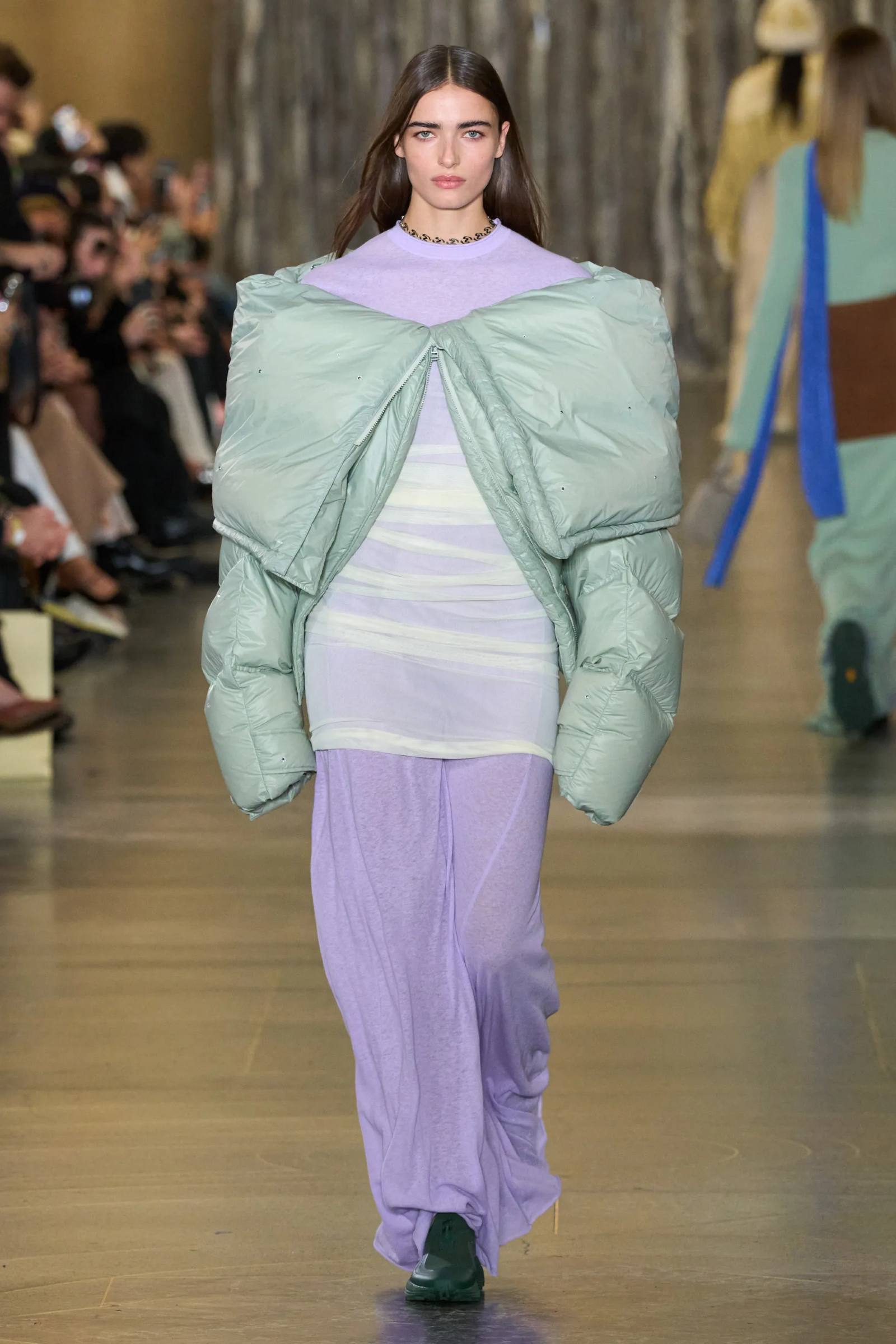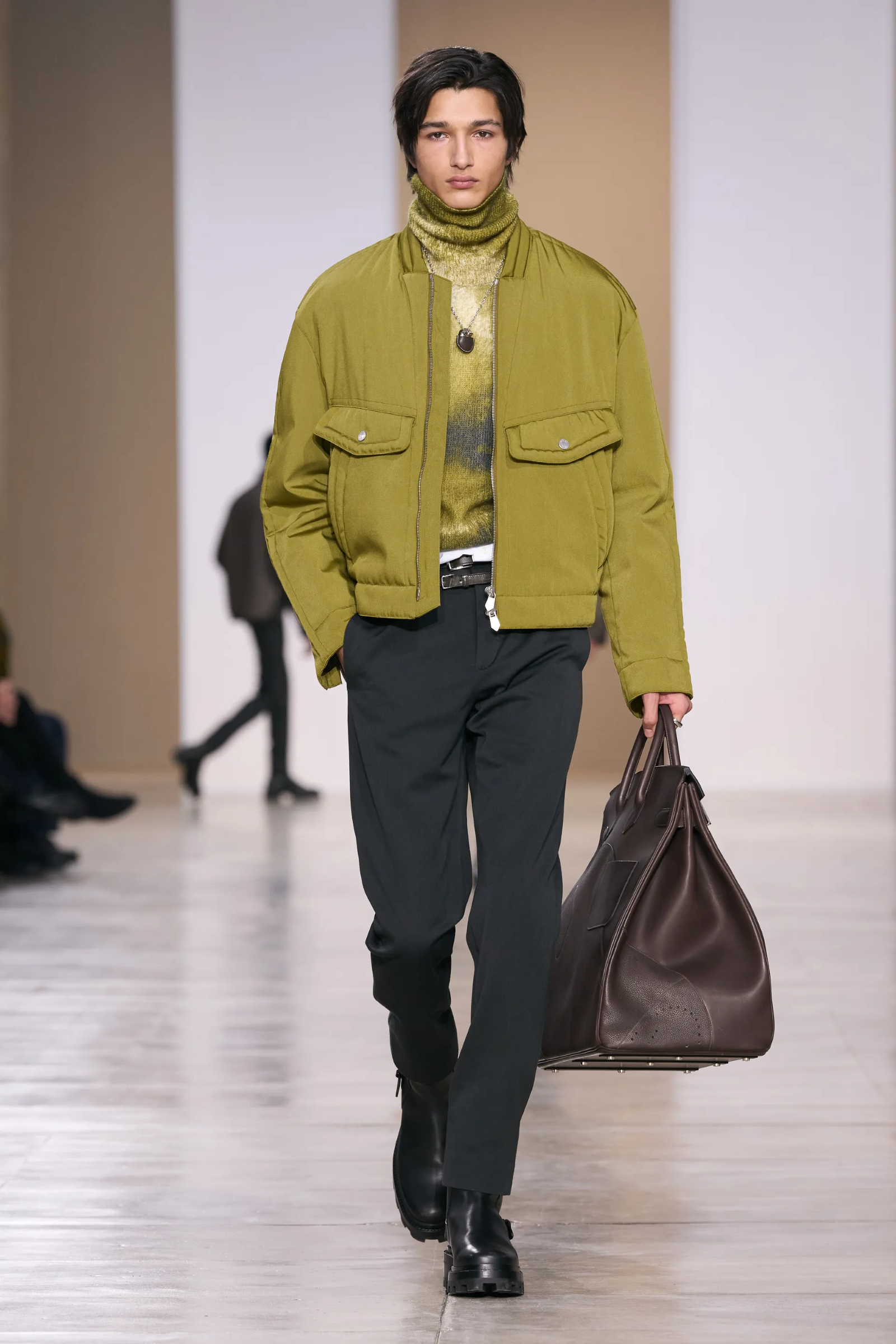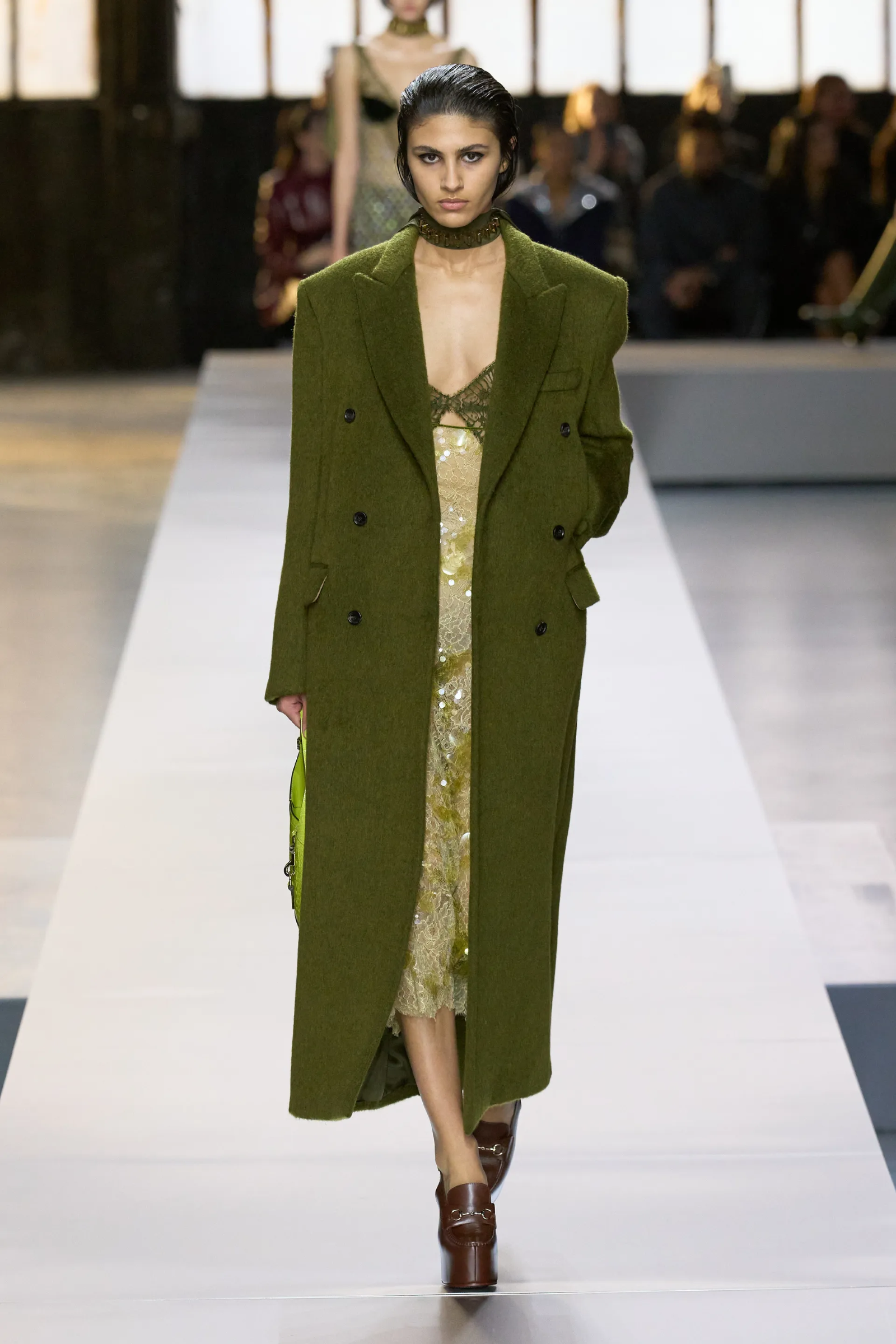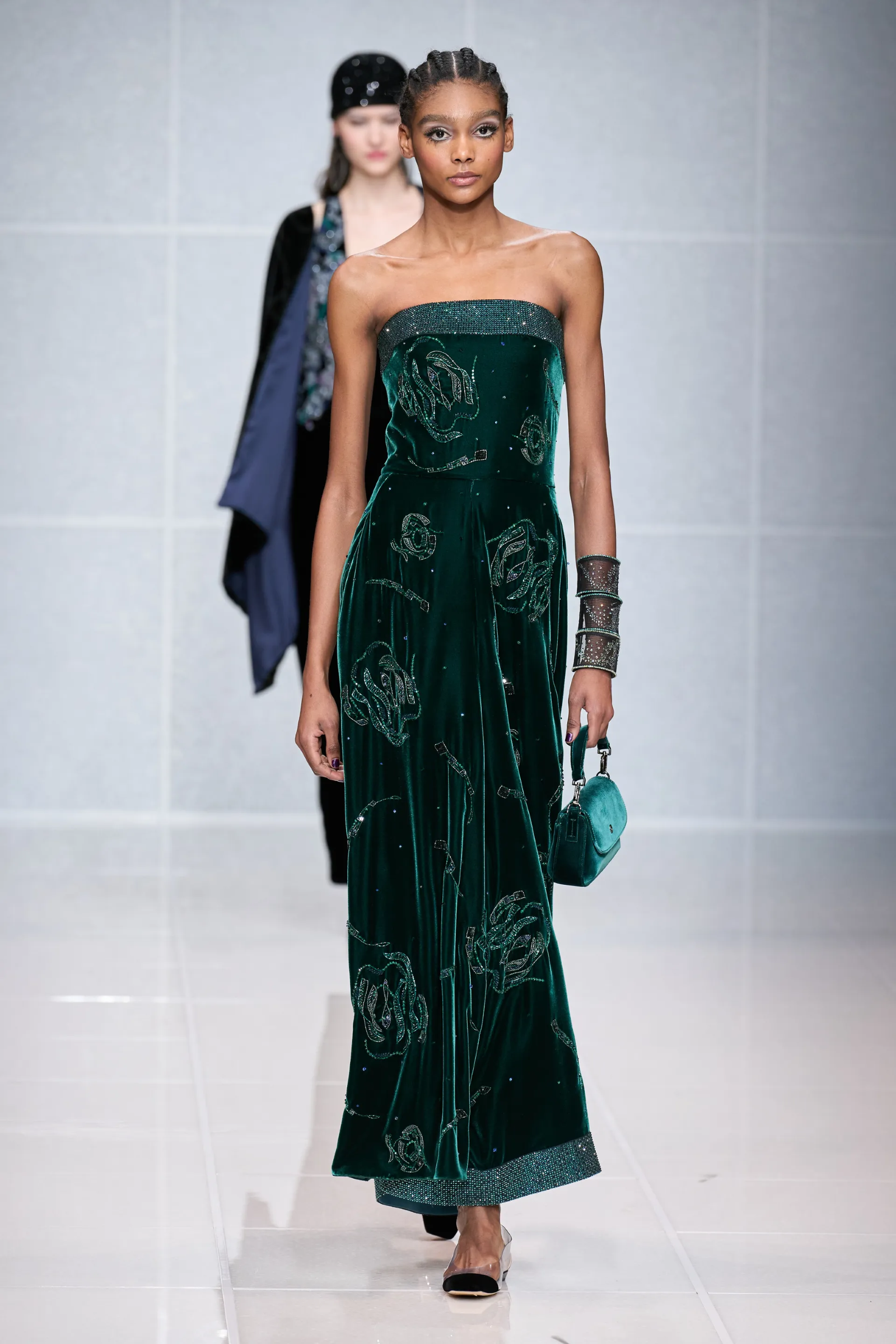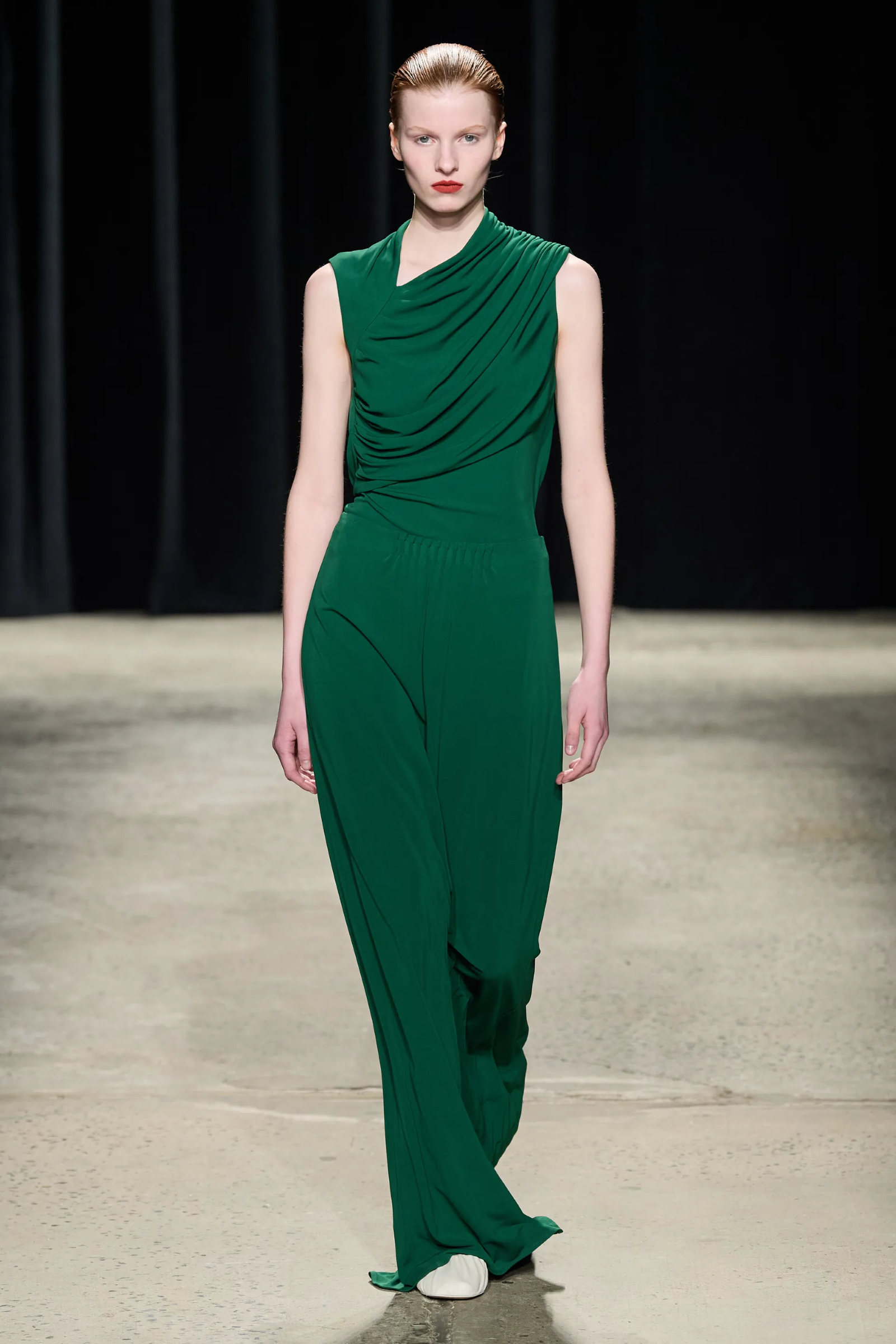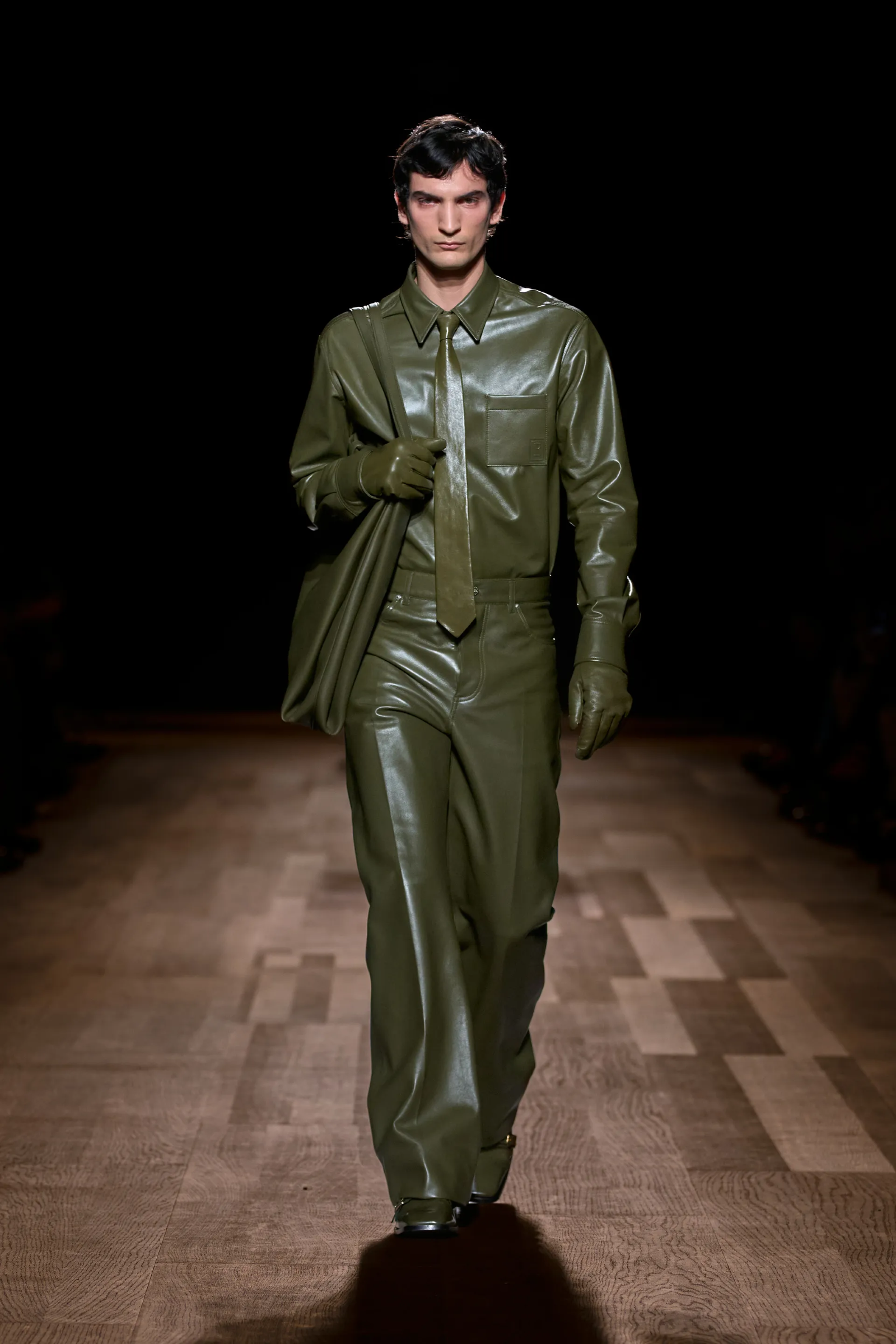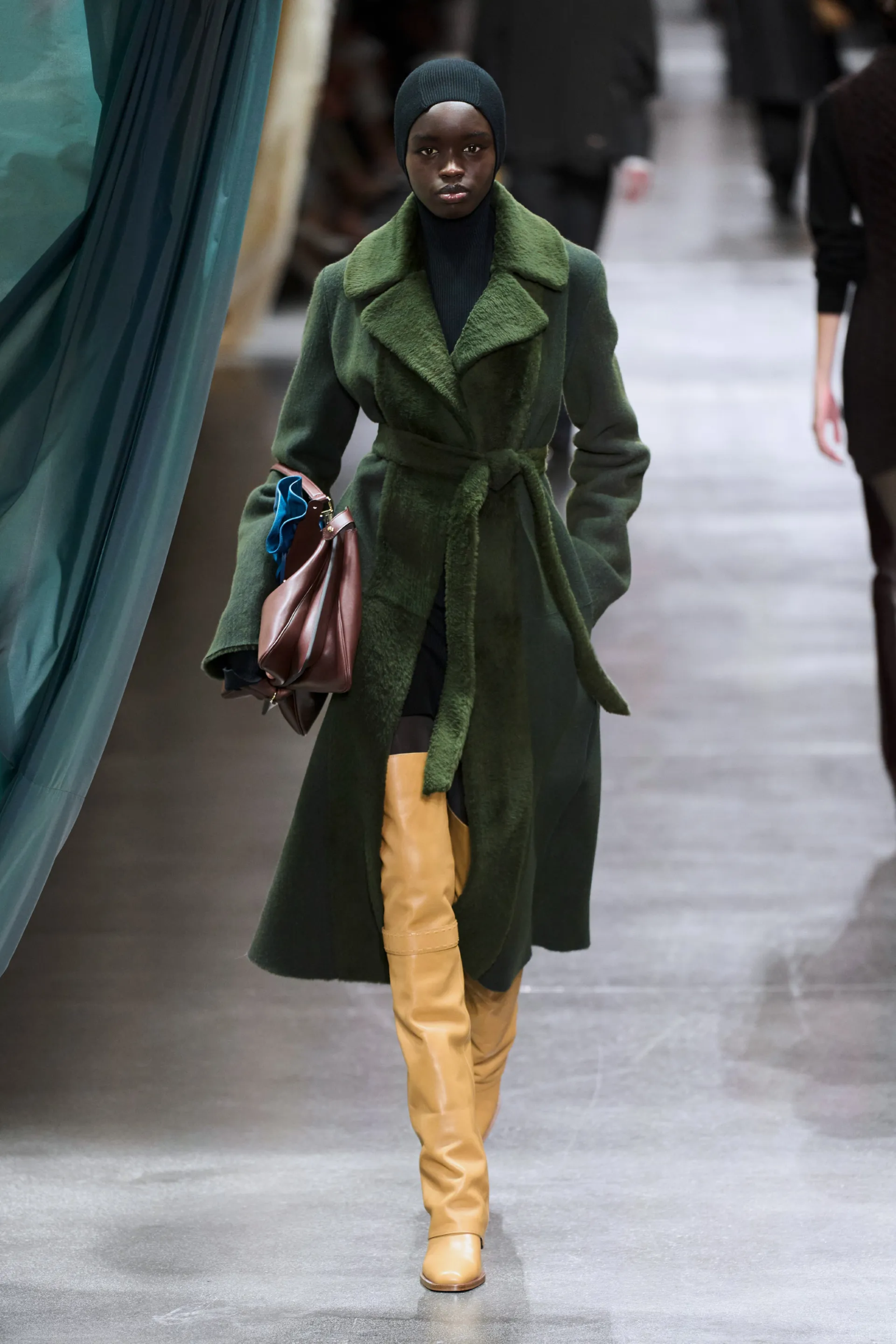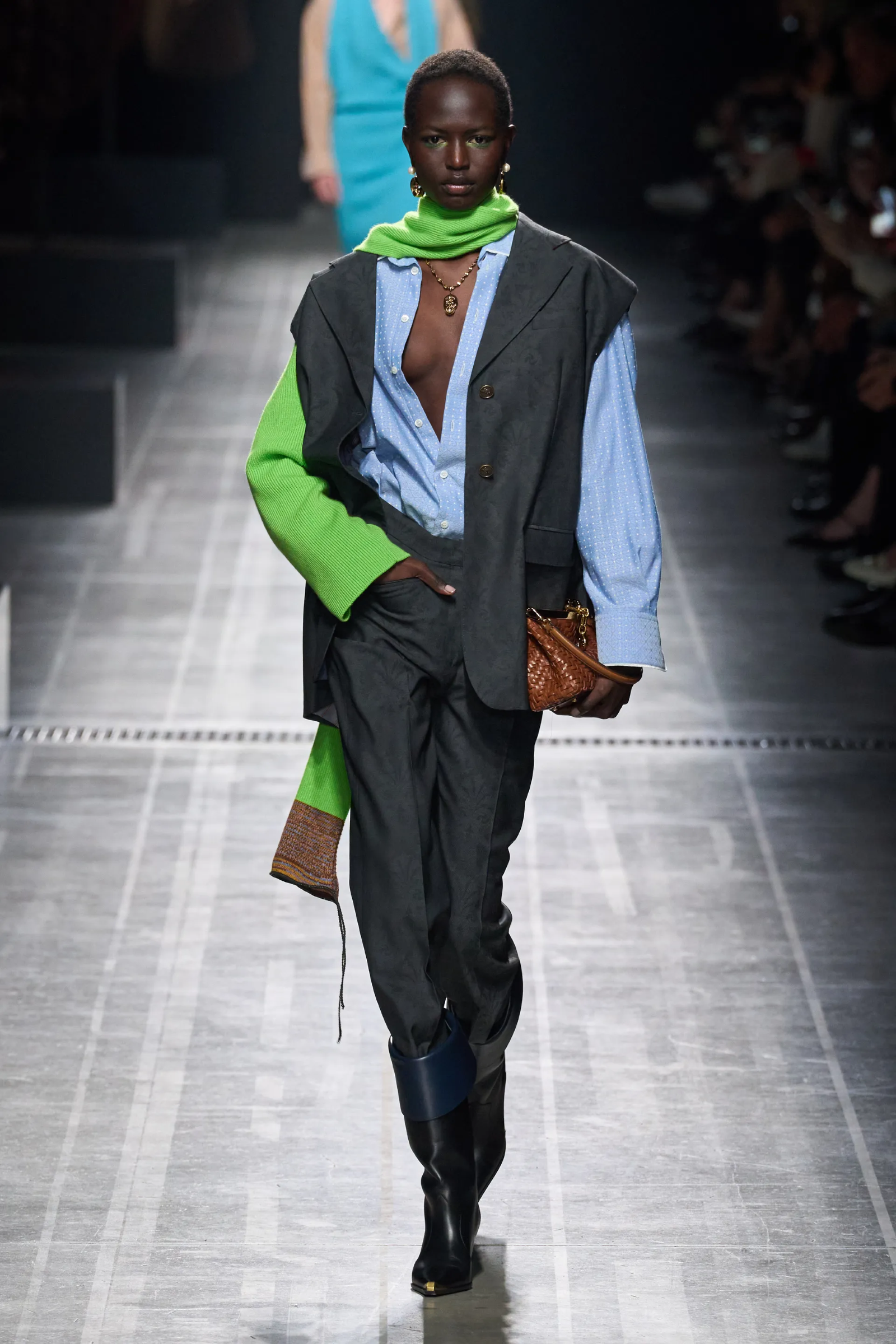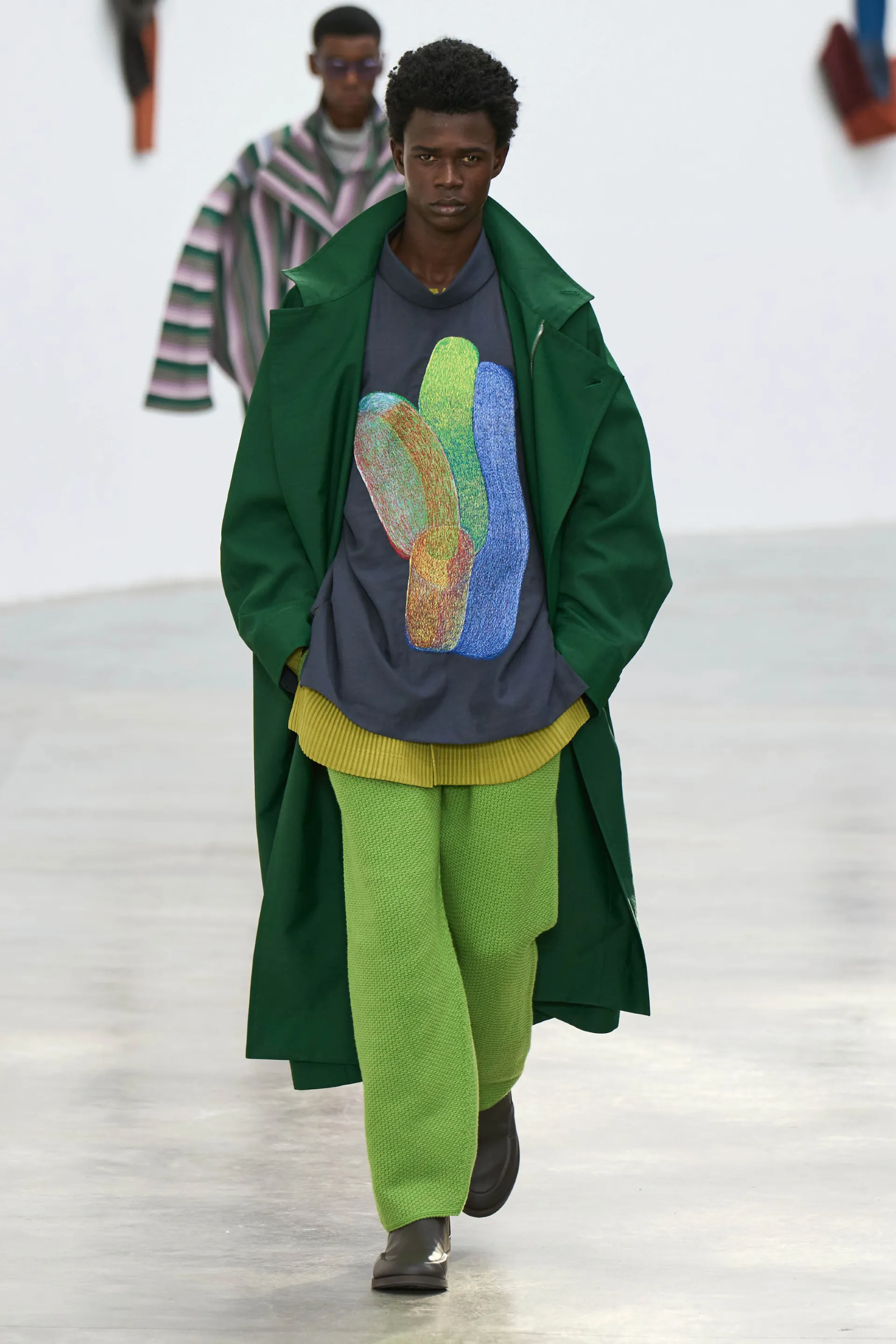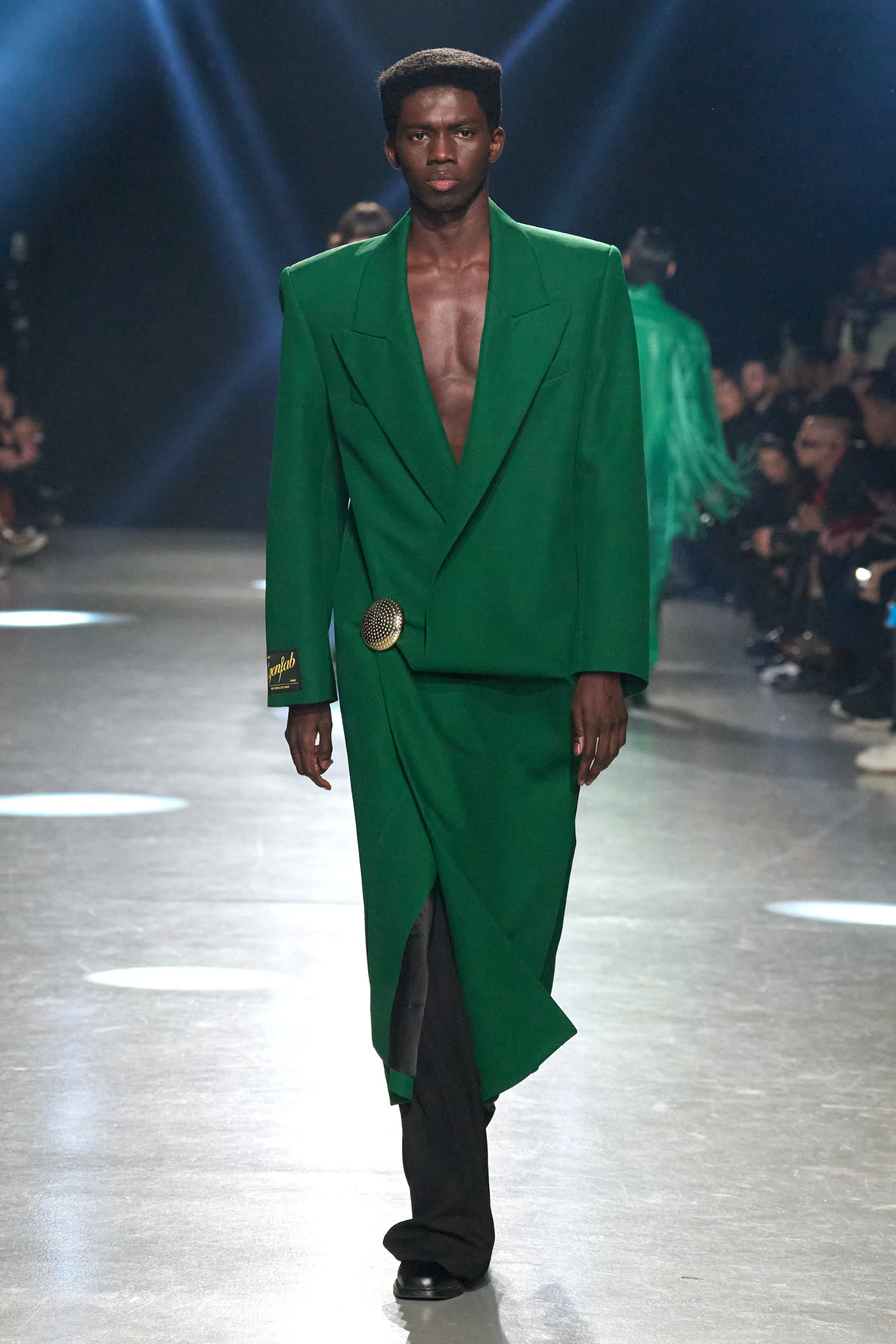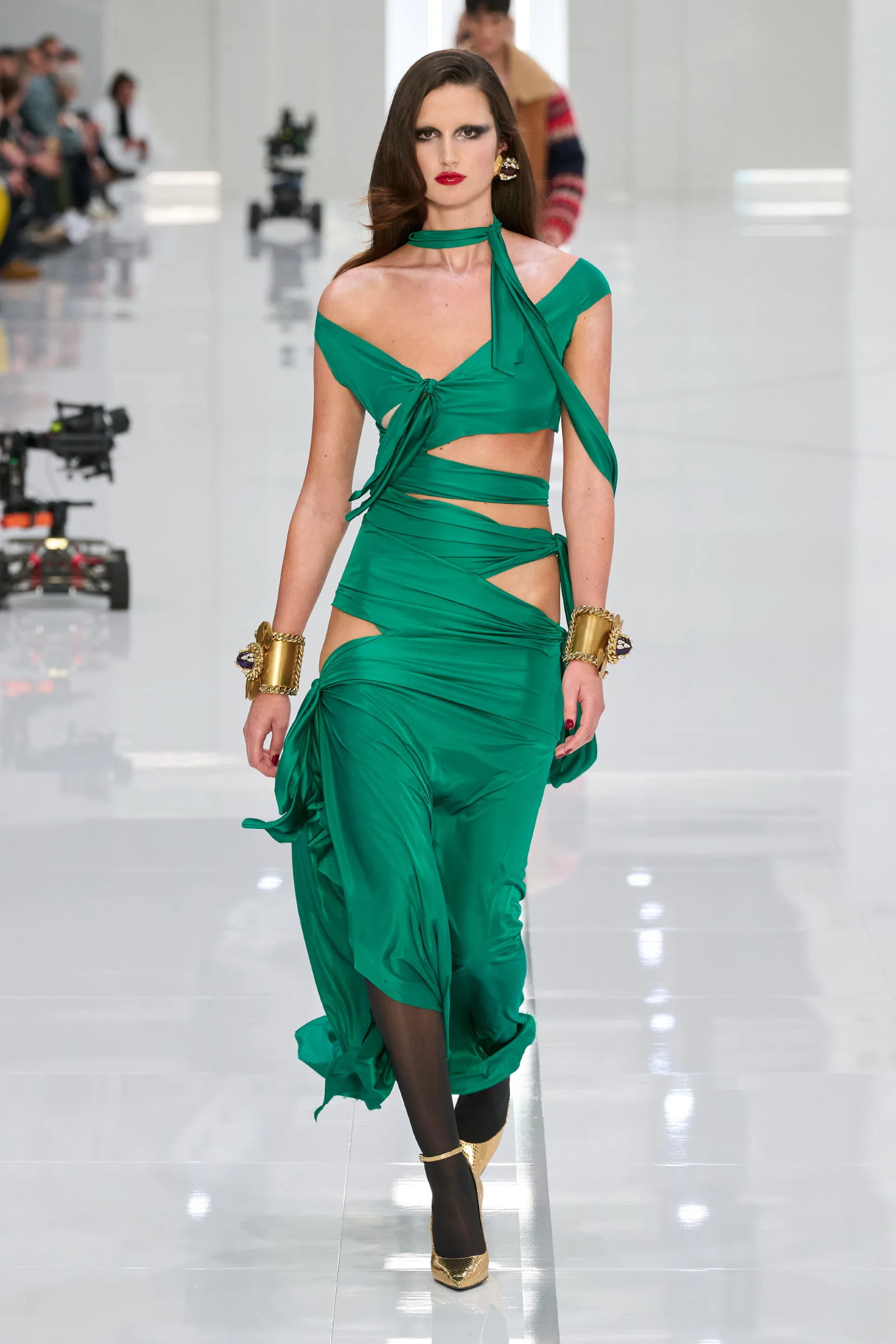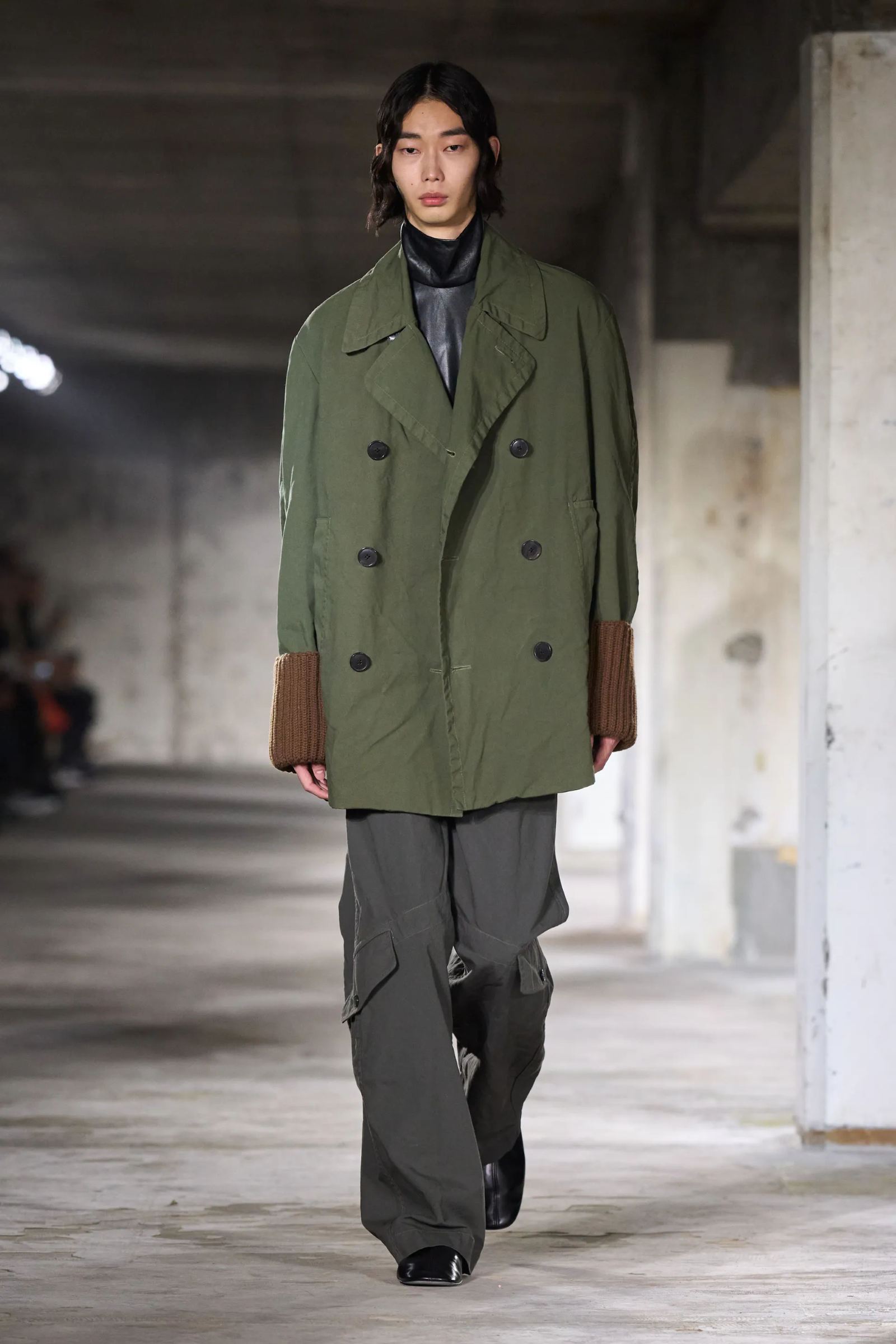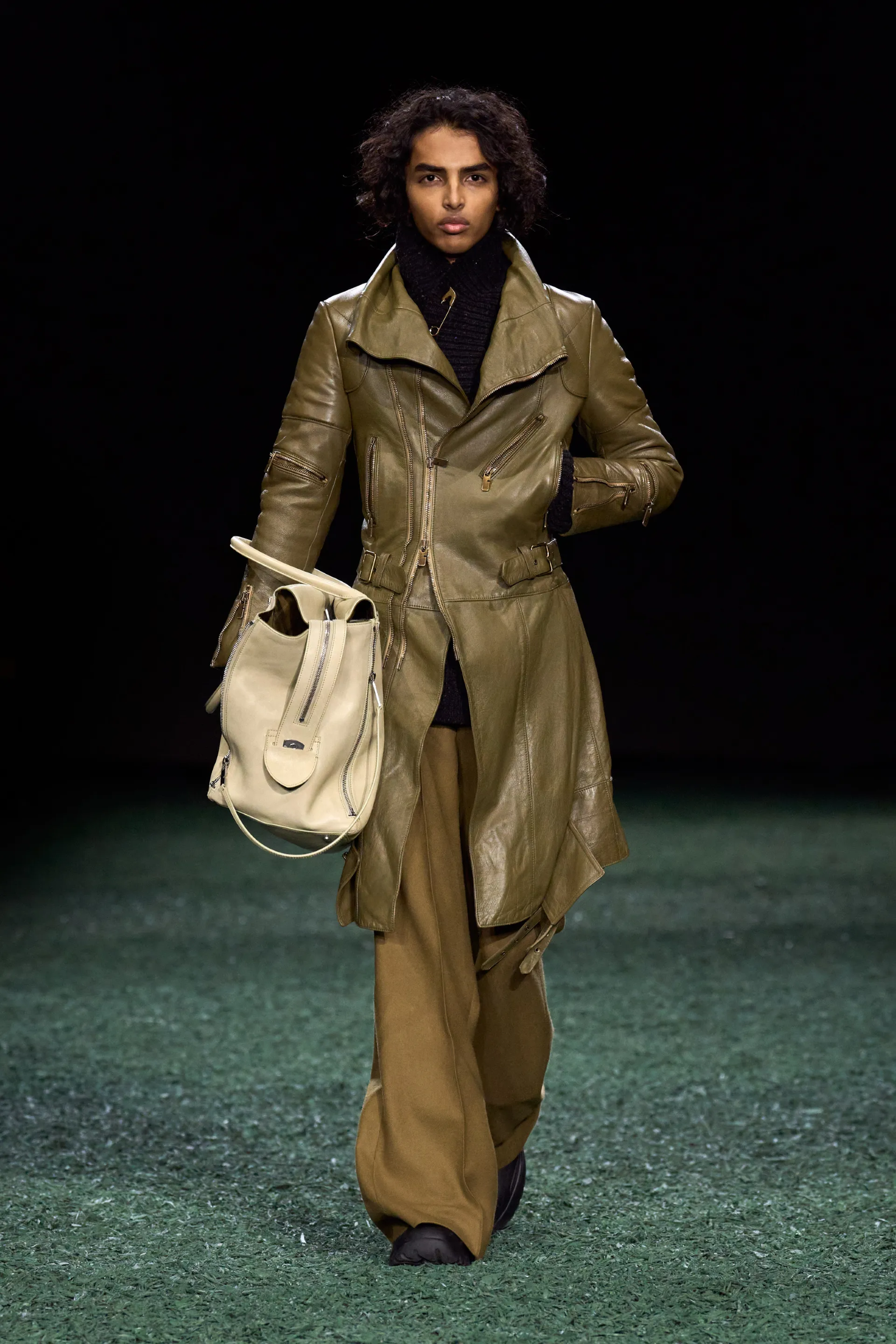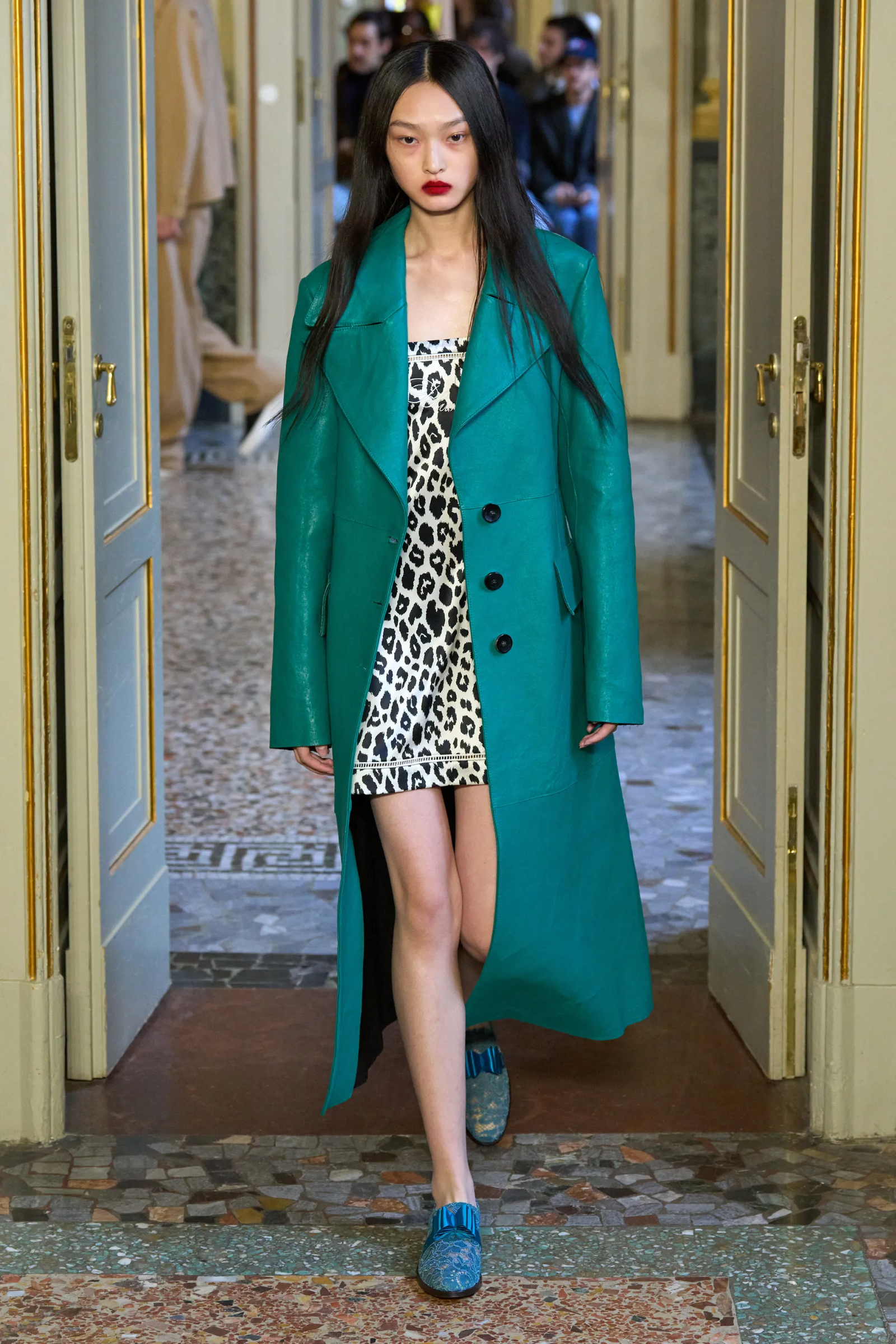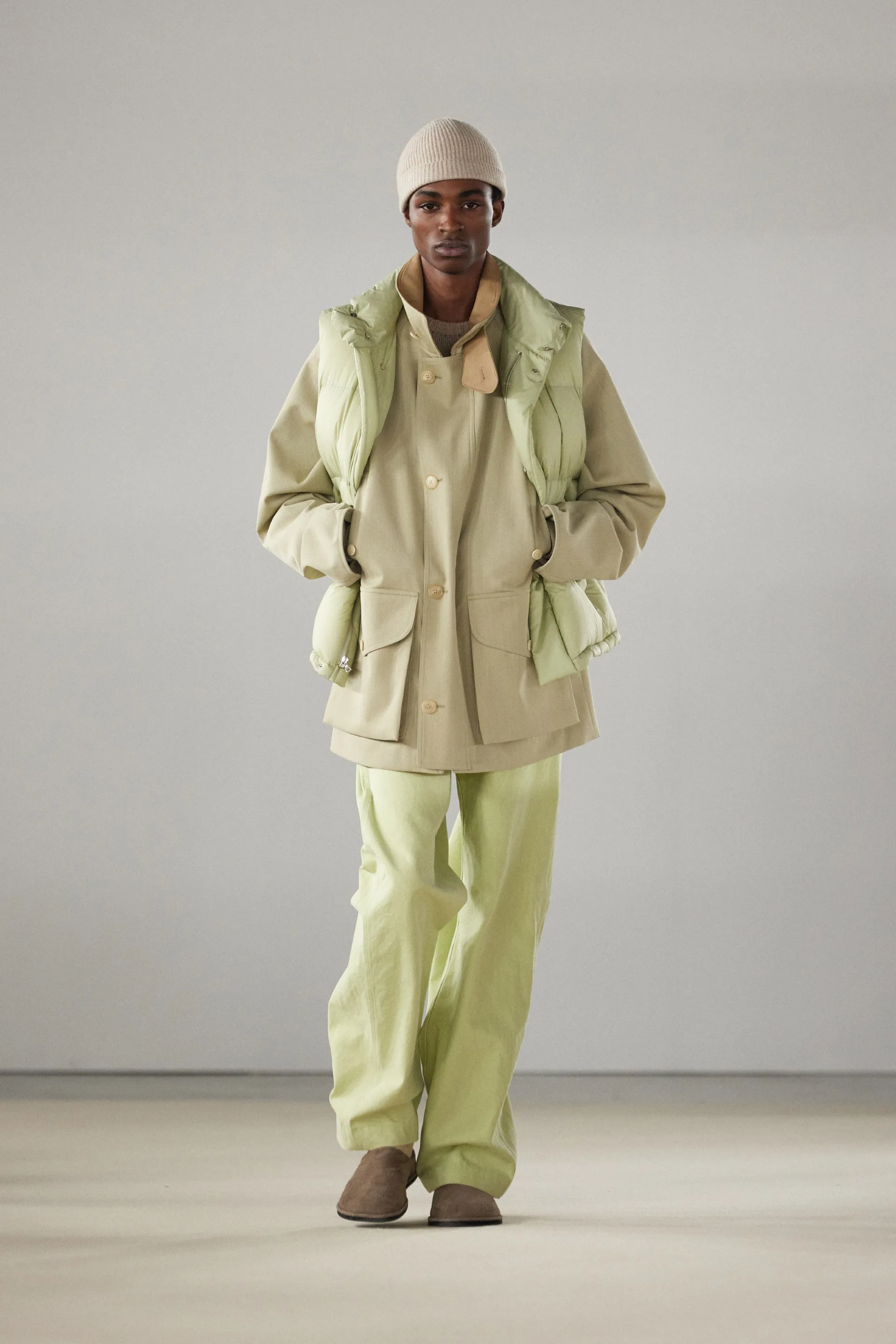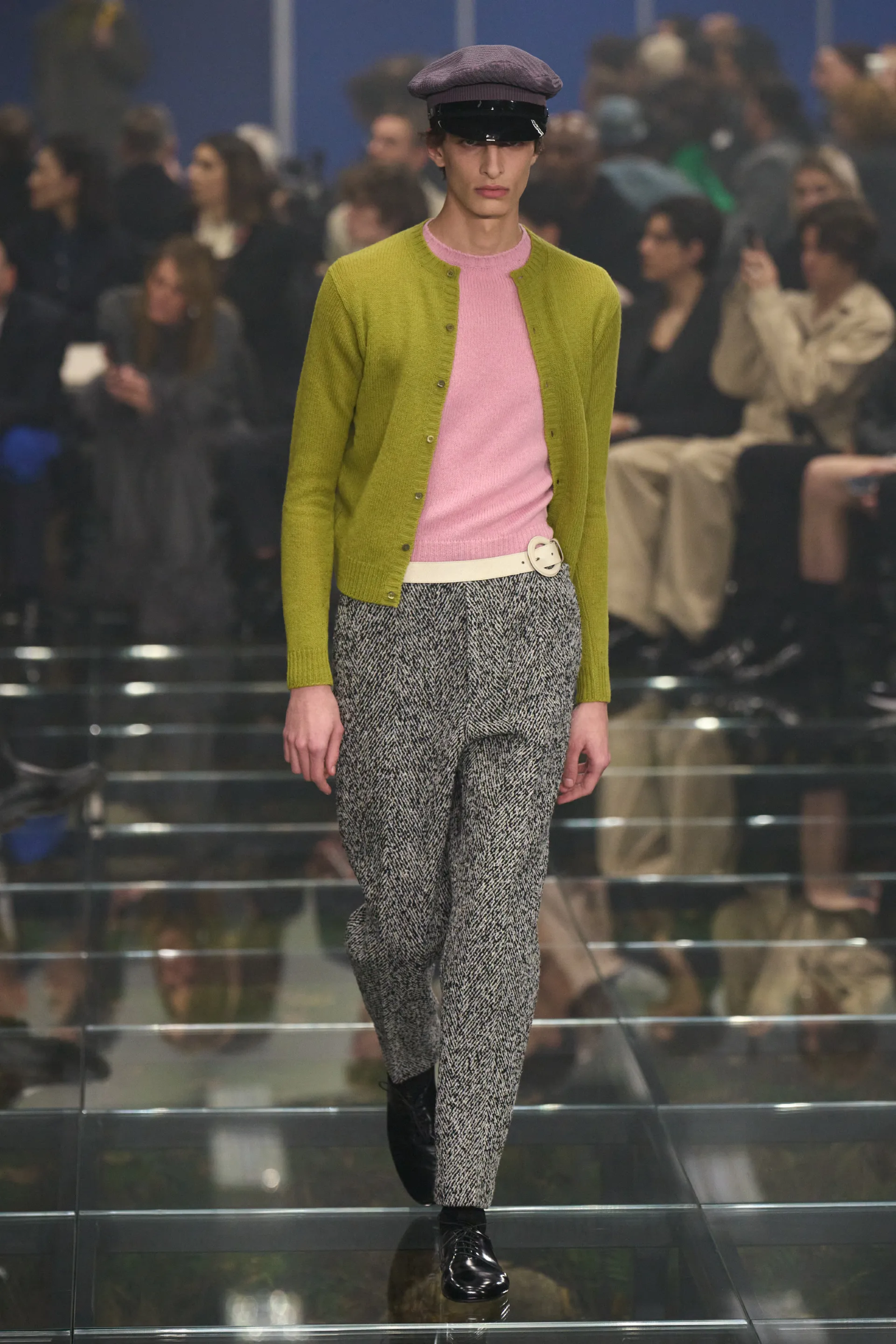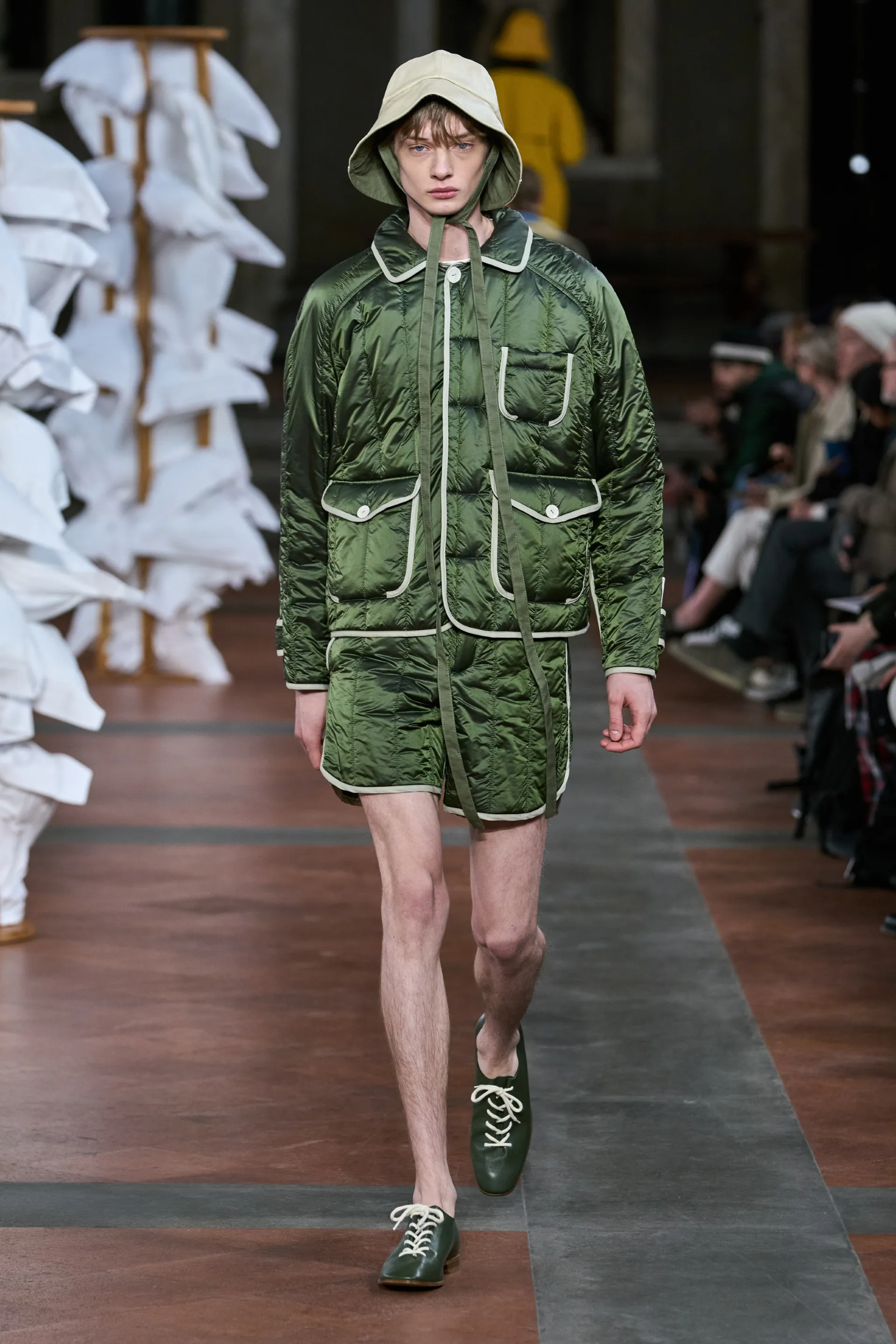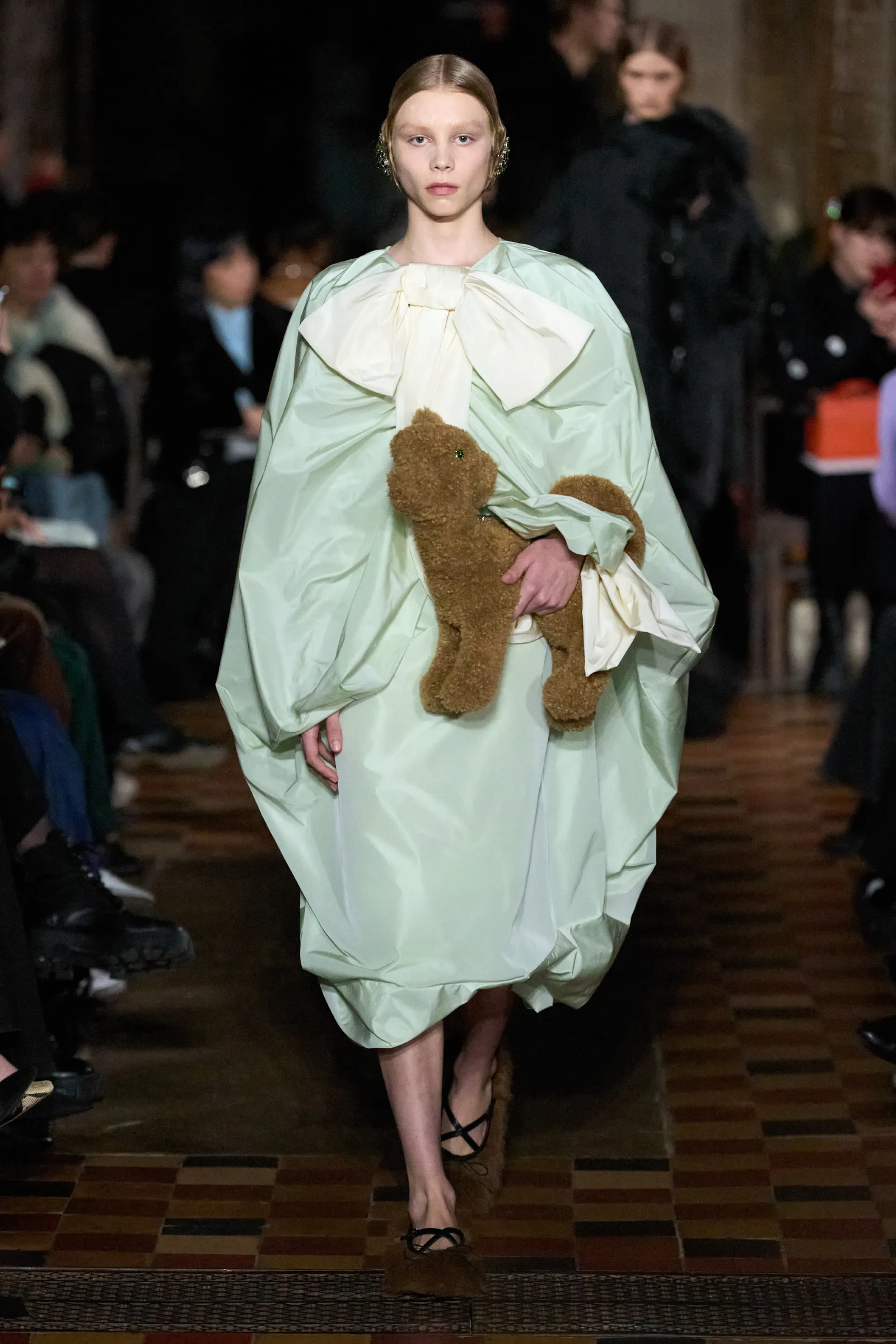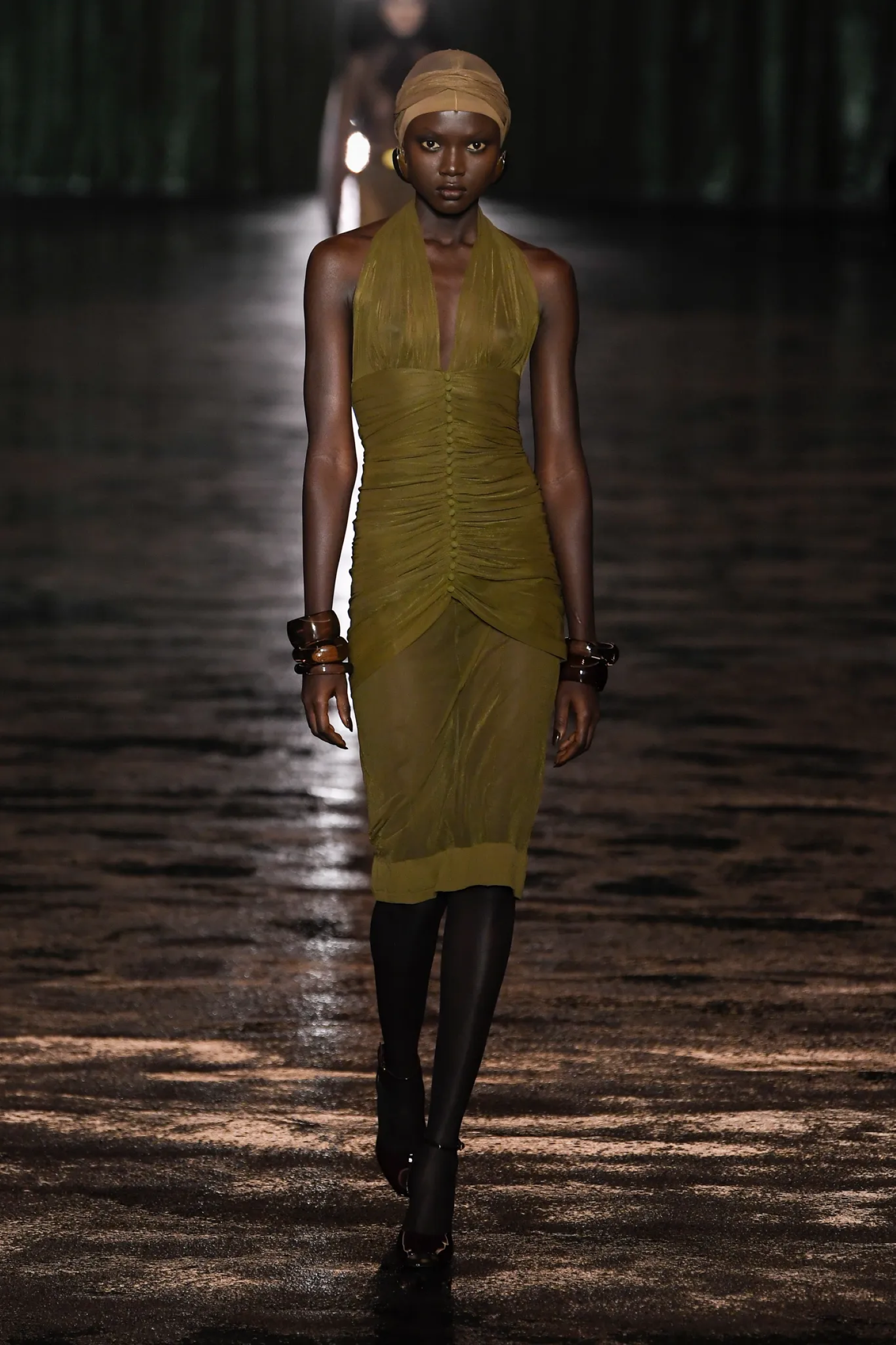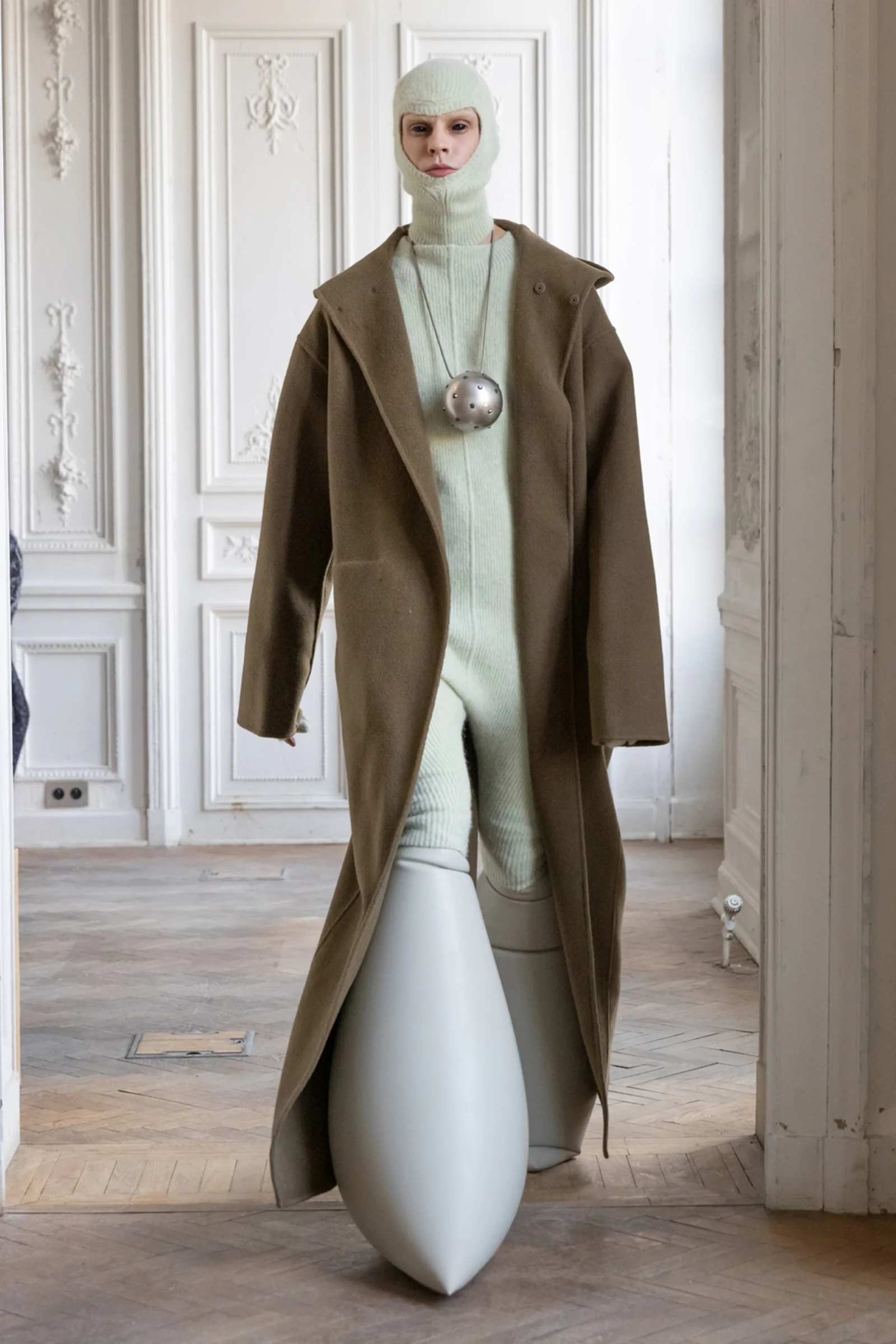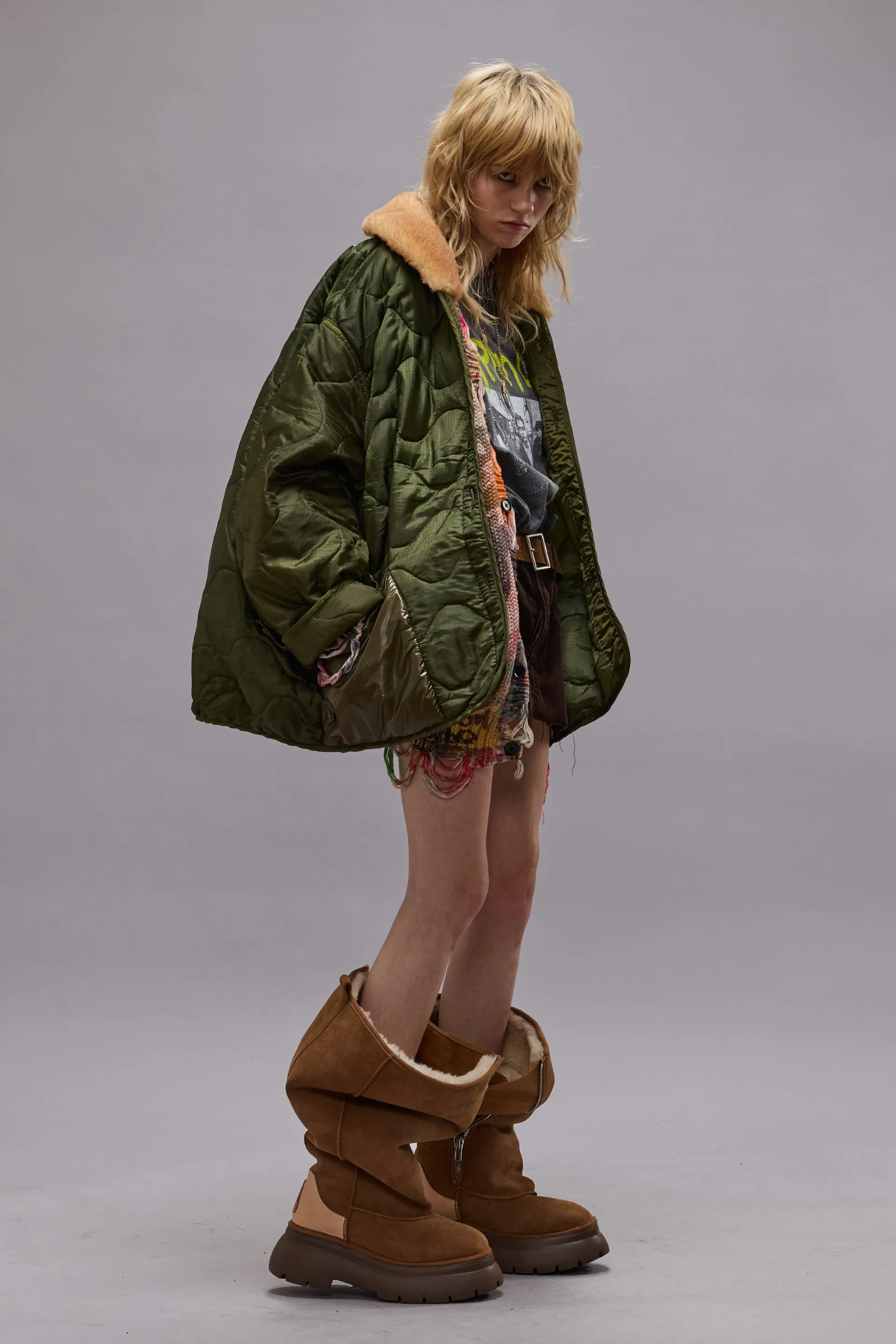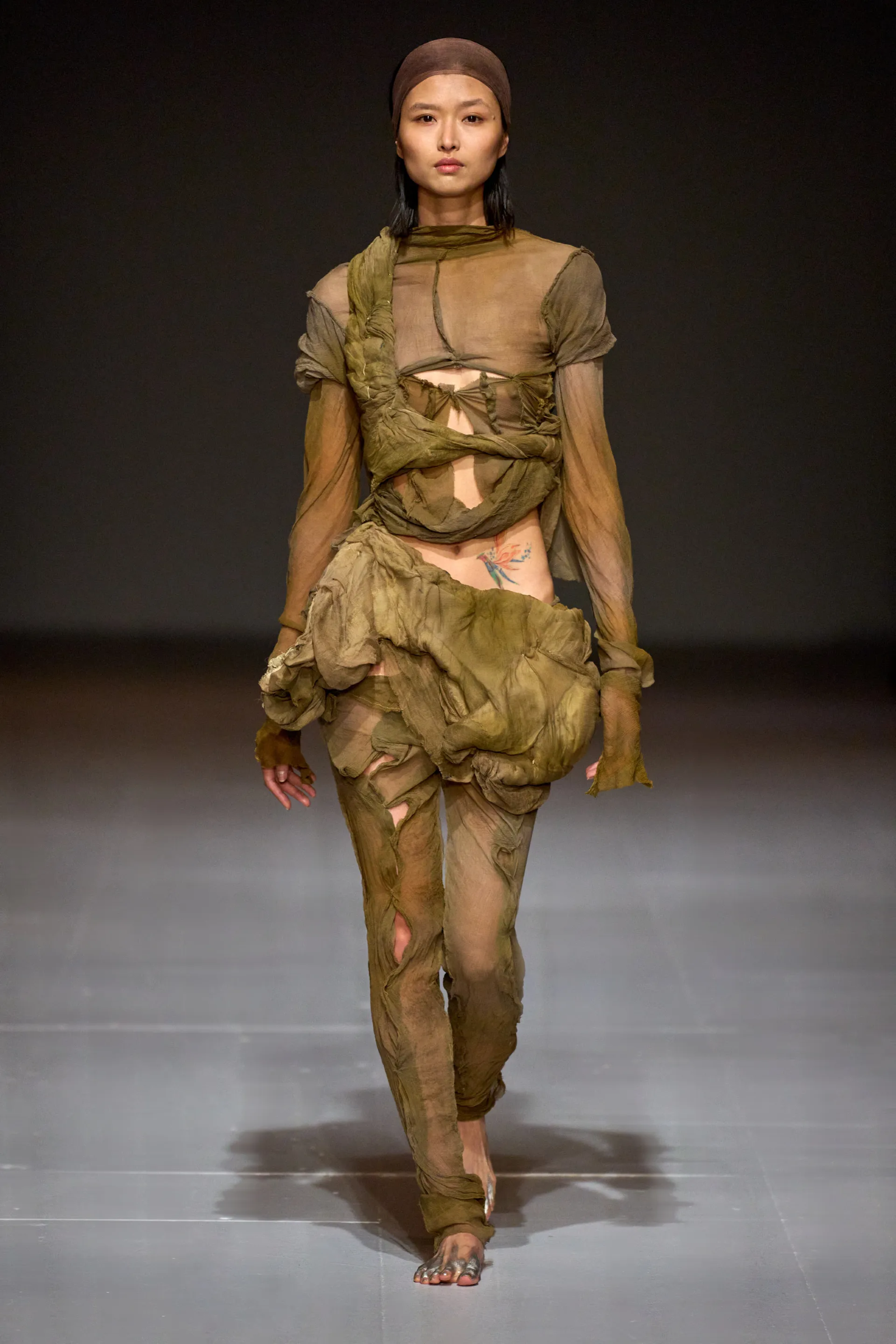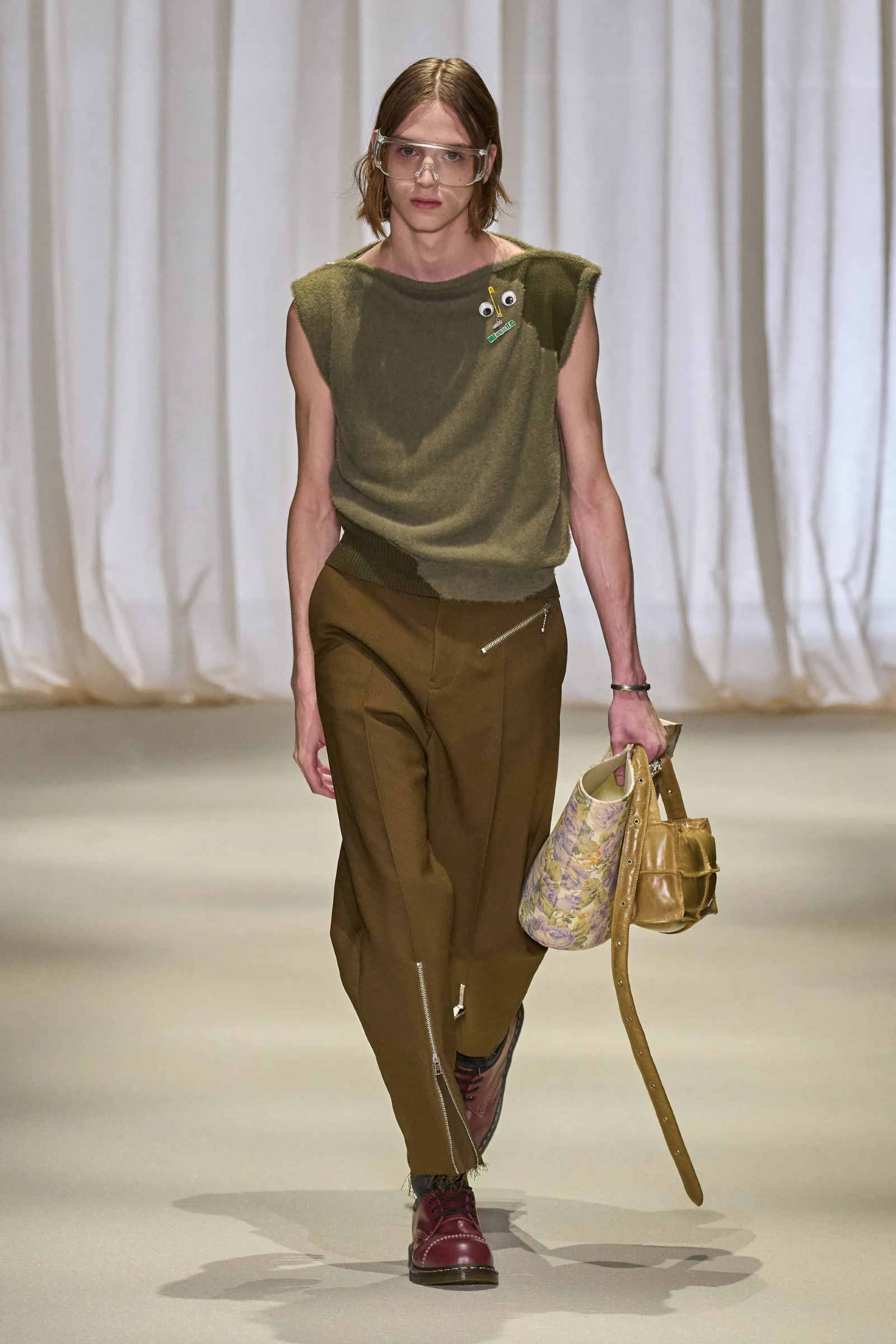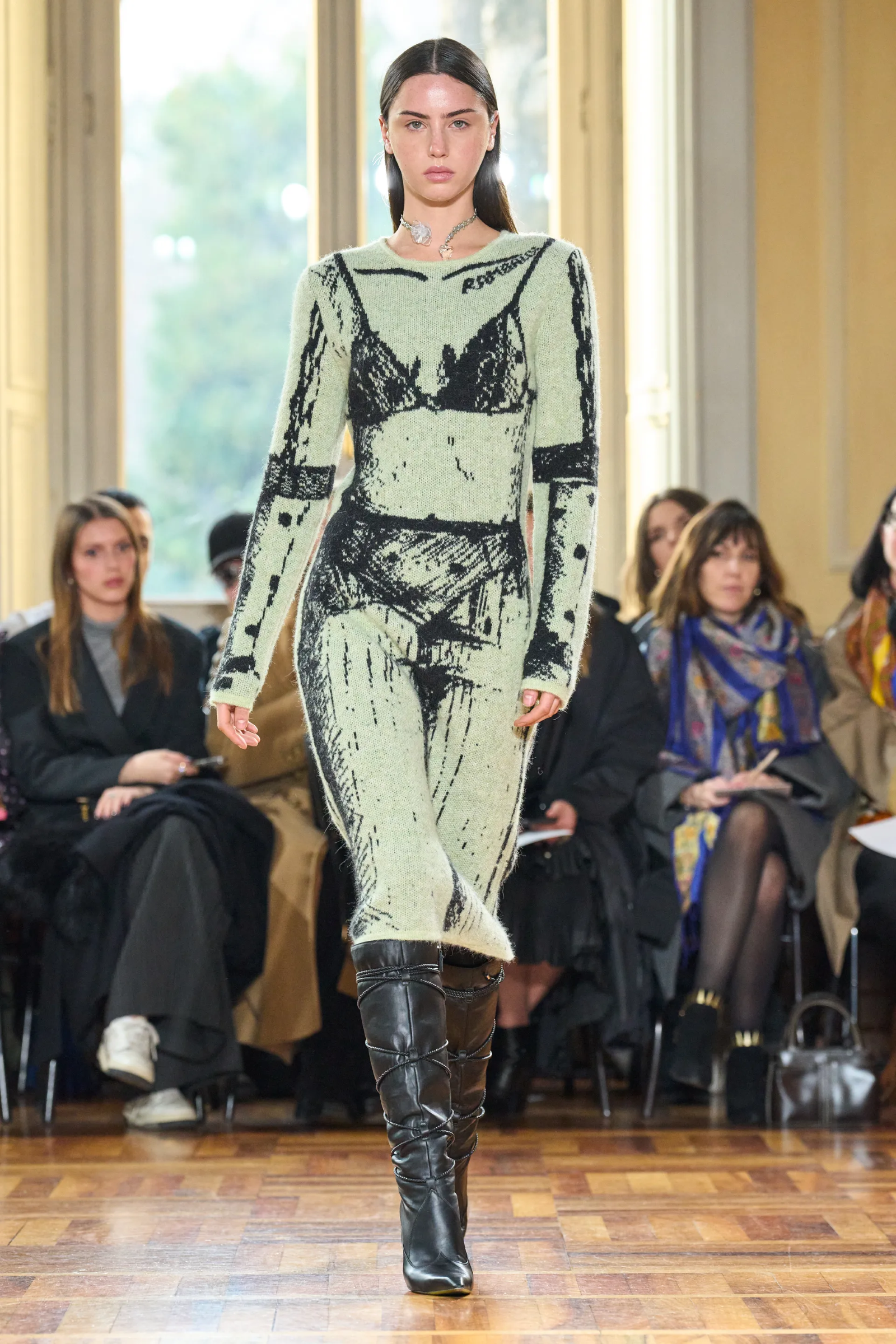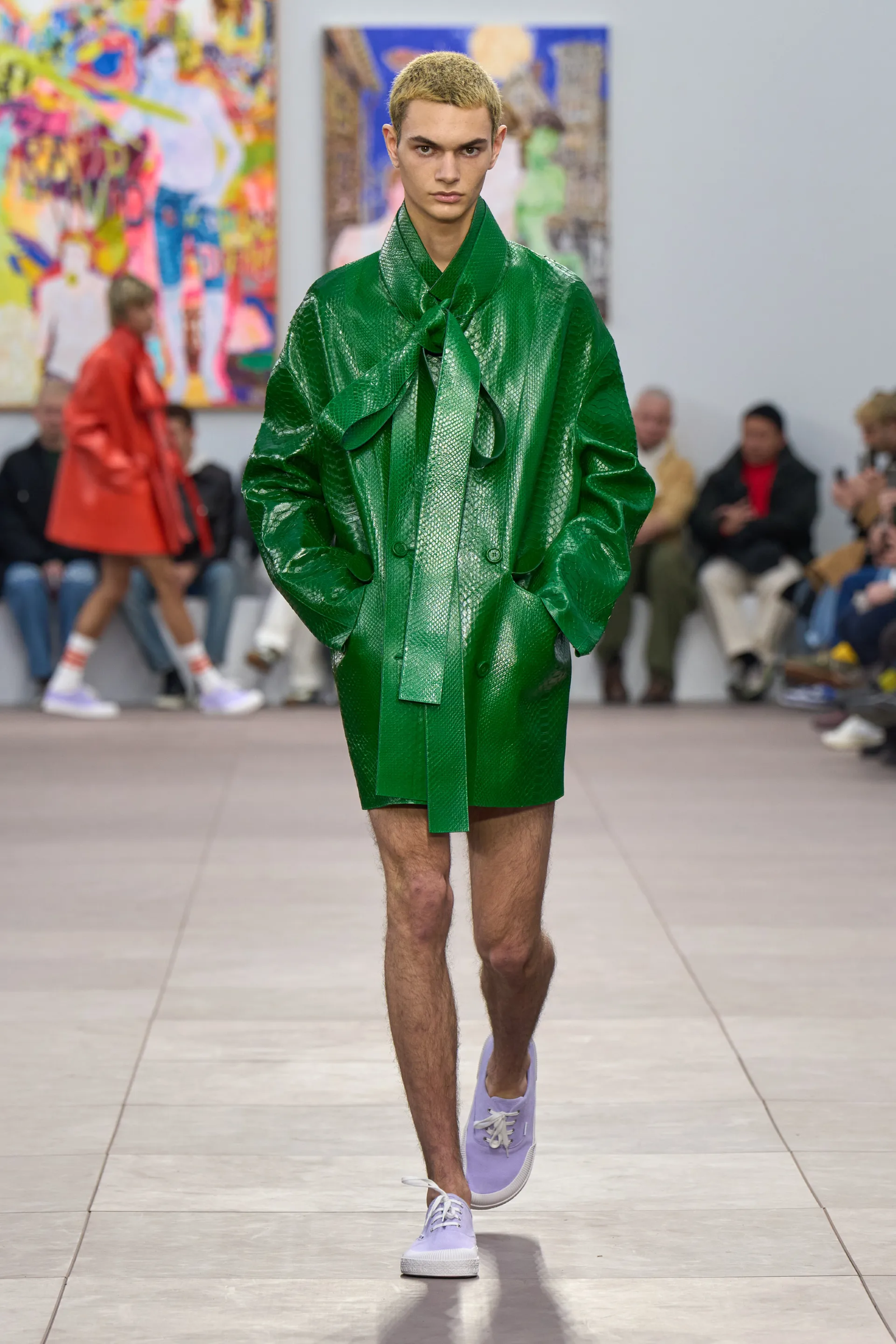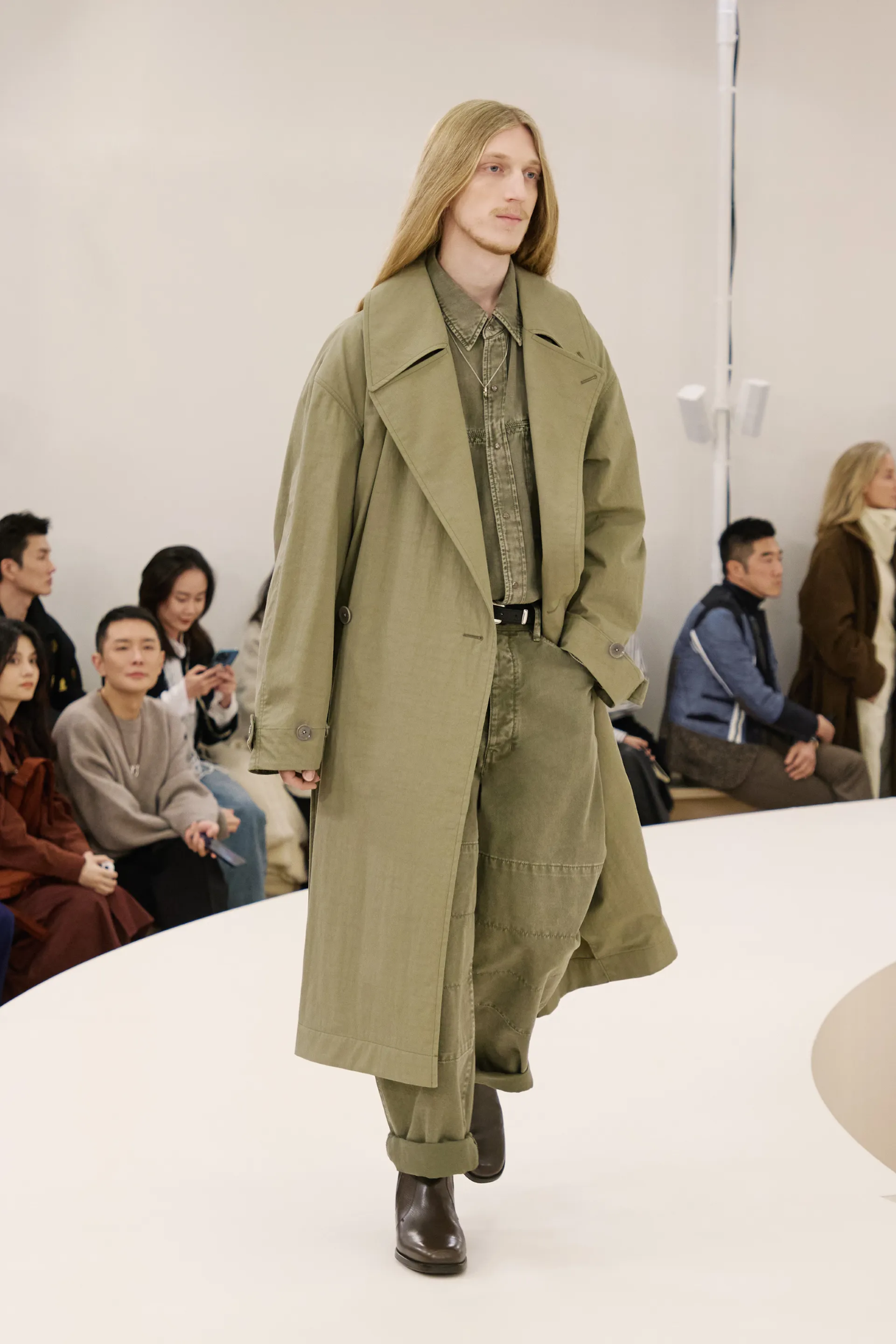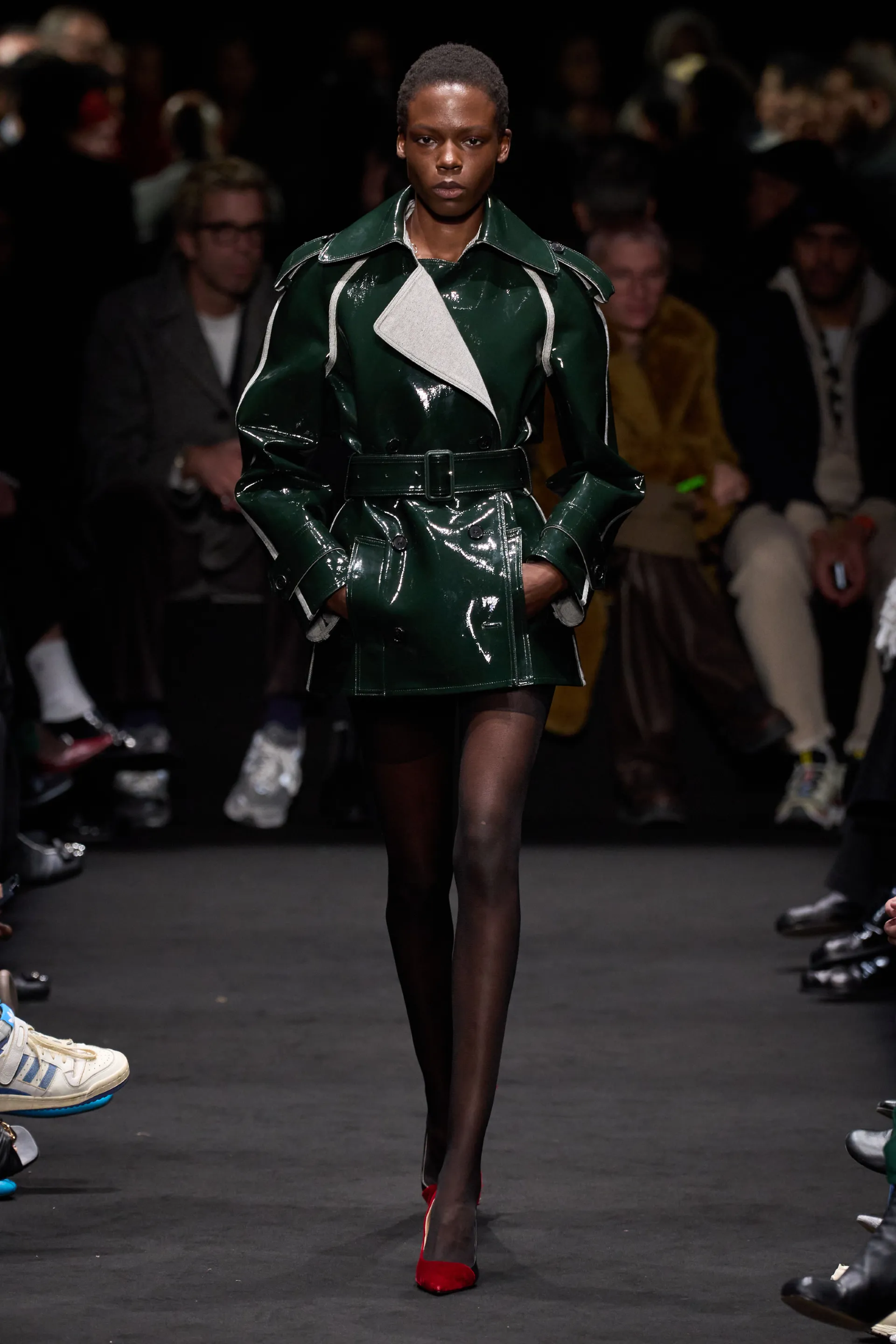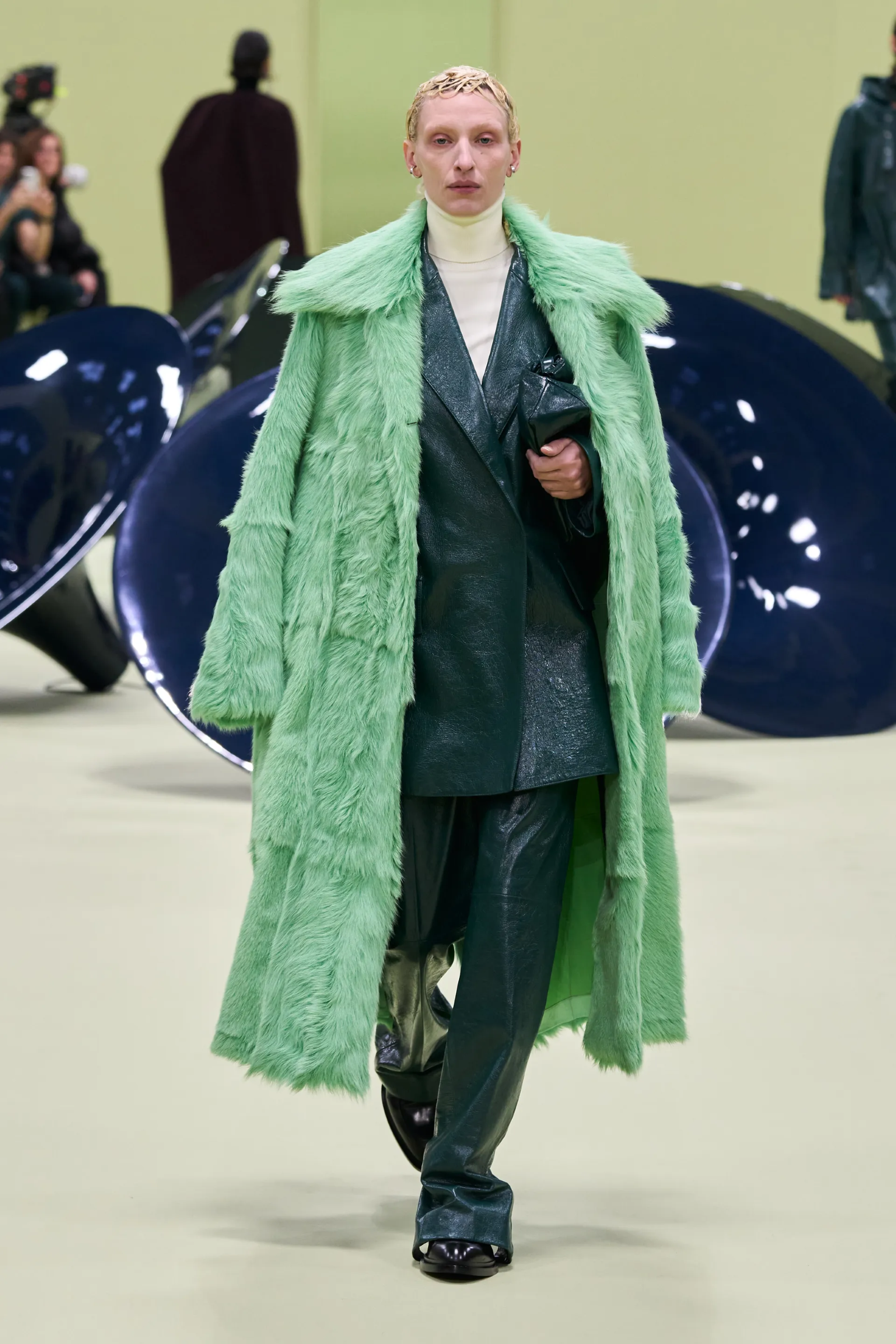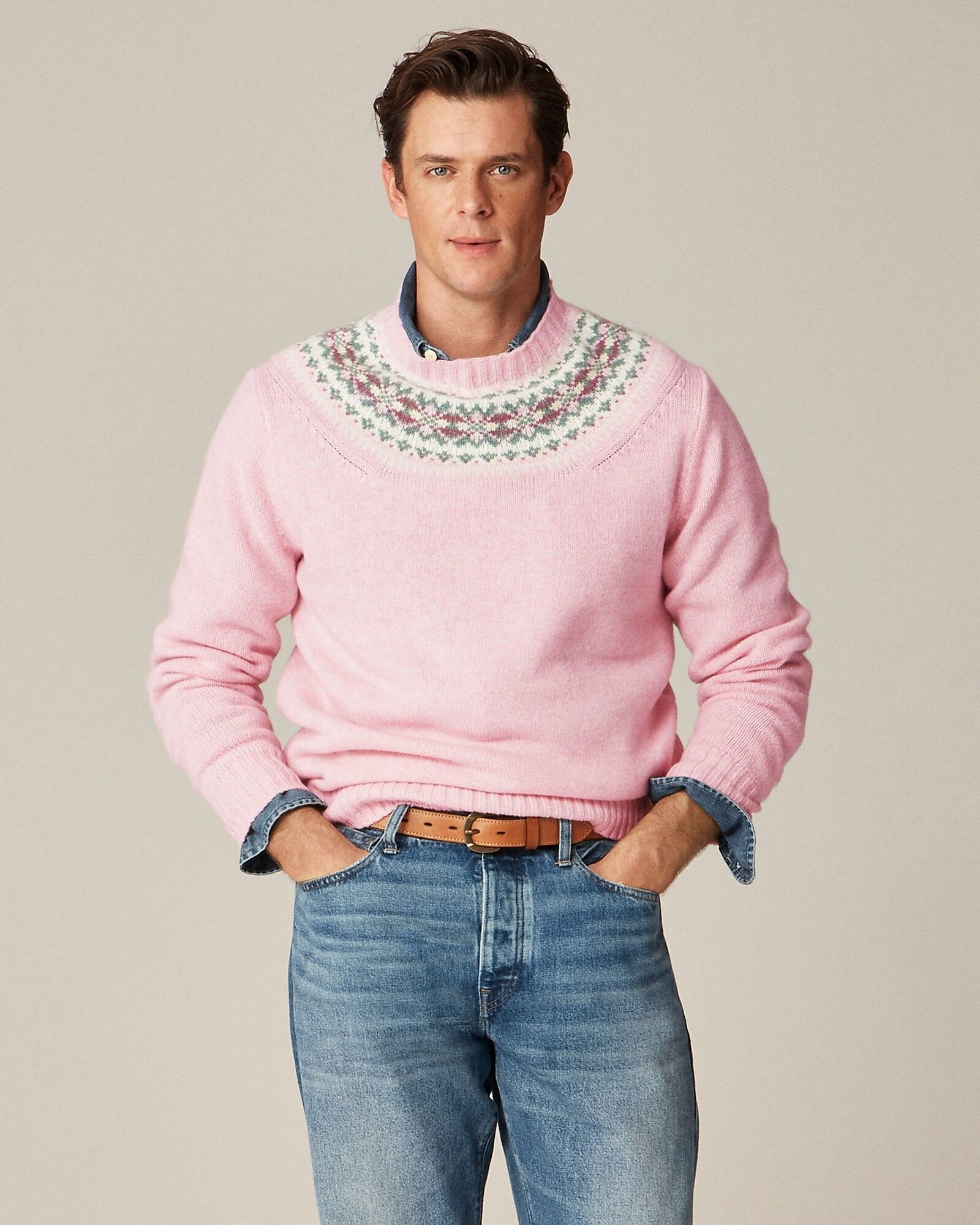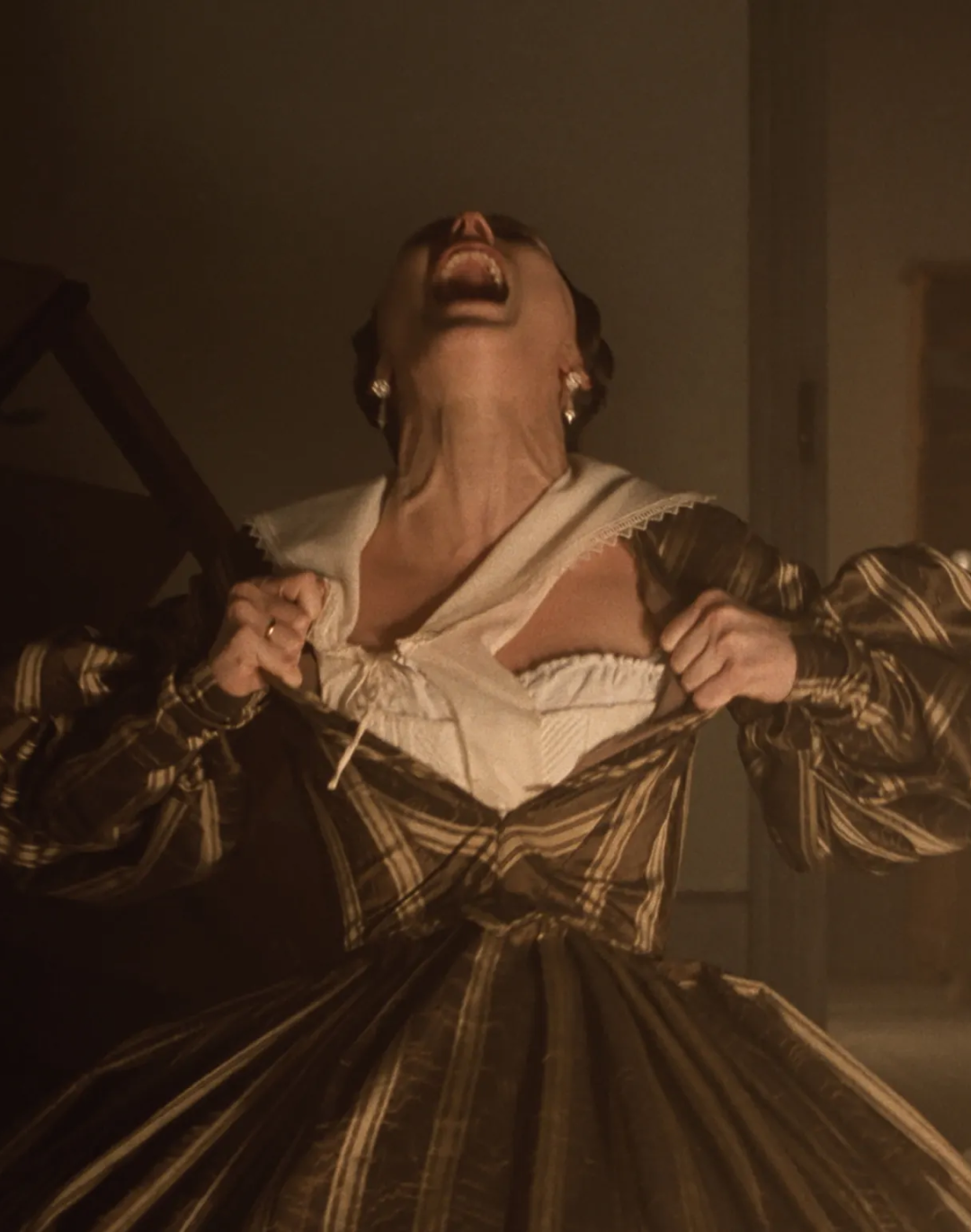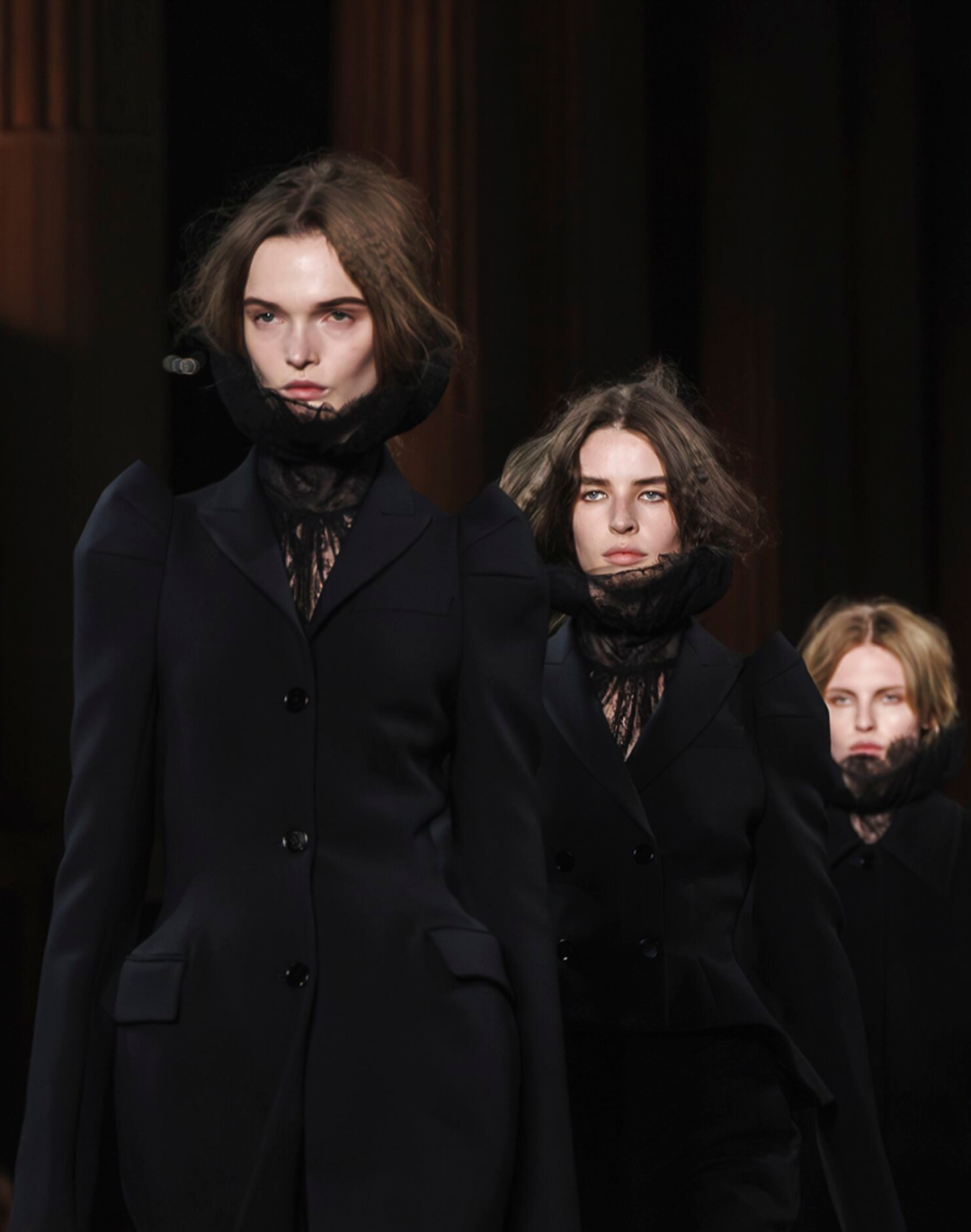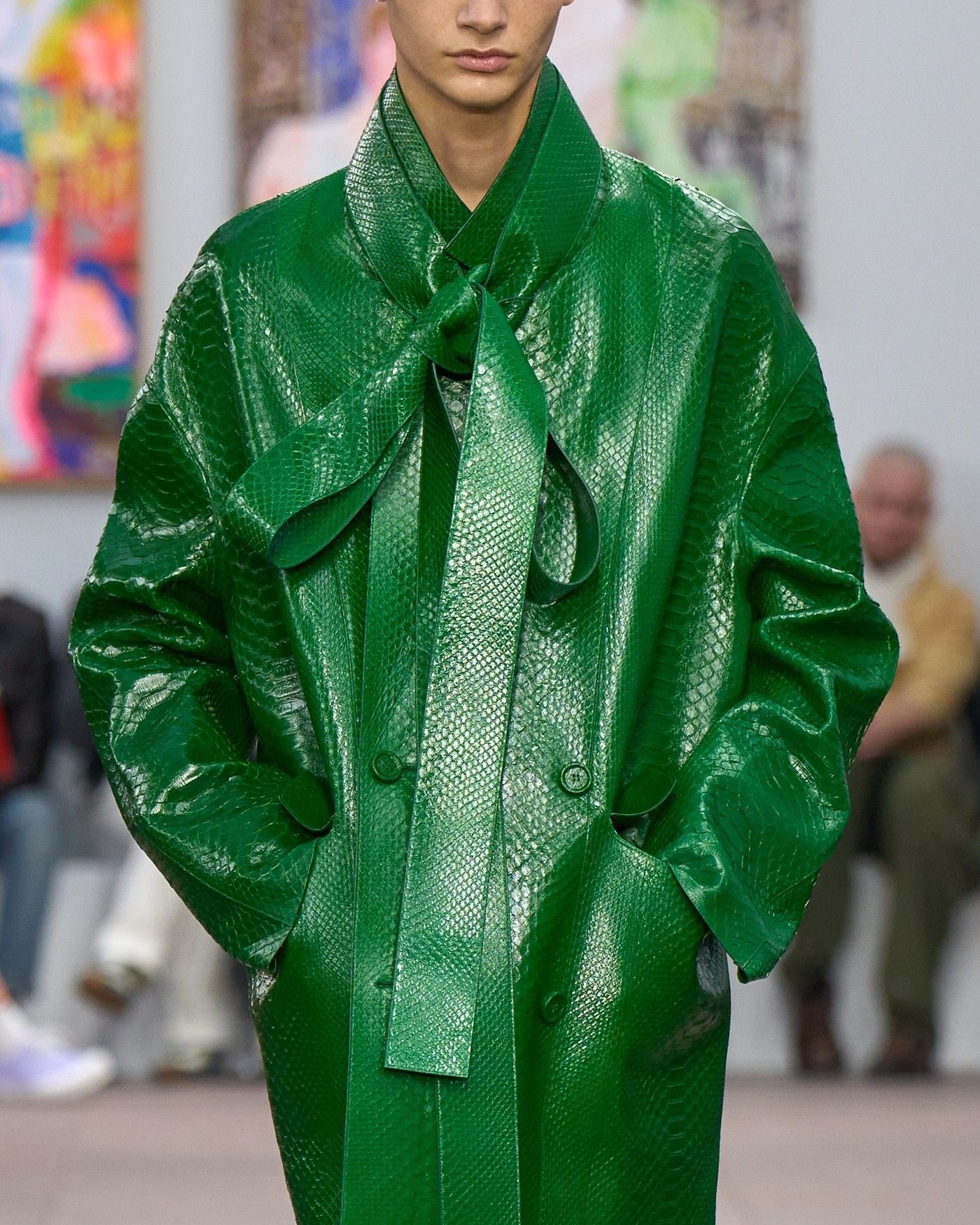
Will green become the color of post-quiet luxury? From normality to the avant-garde, it has been everywhere.
Green is such an innocent color that no one would ever dream of defining it as a disruptive element - of course, outside of fashion, in the world of cinema and fantasy, it is a color associated with "evil" characters (think of Marvel's Doctor Doom or Sleeping Beauty's Maleficent) but more to contrast the villains with the hero's primary colors than for a negative association. And yet, throughout the season, green has had a slightly anarchic function, that of inserting a element of gentle "disturbance" in the symphonies of neutrals that have dominated various looks, but also to represent an alternative to the grays, beiges, blues, and blacks that serve as the base for numerous palettes and even the "color of the season," which would instead be red. A series of shades between Veronese green and pine green were seen on blouses and velvets from Emporio Armani, on a leather trench coat from JW Anderson and Blumarine, on turtlenecks from MM6 Maison Margiela, and on numerous dresses from Fforme in New York. Darker but more vibrant greens were seen on an evening dress from Dsquared2 and several of the models presented by Egonlab. There were also cascades of green in the latest collections from Saint Laurent, Loewe, Jil Sander, and Fendi, where, as well as at Etro, a single green sleeve represented the anarchic element in otherwise balanced looks. The same was done by Prada, with a more acidic shade, contrasting it with pink or incorporating it in the form of pants or a sweater with blue and gray.
Elsewhere, a very pale sage green appeared at Rick Owens and Marco Rambaldi, at sacai and Simone Rocha, at Auralee and S.S. Daley. And the summary list we have made doesn't even mention the classic almost military or camo green, in darker or lighter shades ranging from pistachio to forest green, which we saw at Bottega Veneta, Bally, Burberry, Ferragamo, Hermès, and Lemaire, to name a few. The interesting part, however, is that despite its widespread presence, green has remained a complementary color to the big chromatic protagonists of the season, brown and red, except on the Gucci runway where Sabato De Sarno gave it a wide space, especially for one of the wool coats, one of the key elements of the collection. In all these different occasions, however, the color was not used in its usual sentimental correlation with nature, spring, and so on, but effectively as an unusual alternative to safer neutral tones in the case of sage or dark green, or, as mentioned, to create color contrasts in more traditional ensembles: the most frequent being black and white, seen at Valentino and Bottega Veneta, but at Loewe or Issey Miyake Homme Plissè it was clearly declined as a "base" on which to build even more everyday looks.
We are far from that "green fever" that took over the world in the days of Daniel Lee: that green was a monolithic imposition, which did not allow for variations and nuances but, above all, existed in a totalizing way and not as one element among others. The green (or rather, the many greens) that we see on the runway in past weeks and certainly in those to come, represent perhaps an attempt to escape from the monotony that arose after the streetwear maximalism of a few years ago and after the wave of formal neoclassicism that followed: green could be the color of "post-quiet luxury" - that solution of mediation between the relative banality of classic colors (both neutral classics and others now too mainstream like red) and the functionality of a color that is as sellable as it is variable in a large number of shades, as well as being genderless. While we continue to watch the Paris shows looking for other shades of green, though, we feel compelled to recommend the color to those who are already thinking about what color to wear in spring. Thank us later.











































